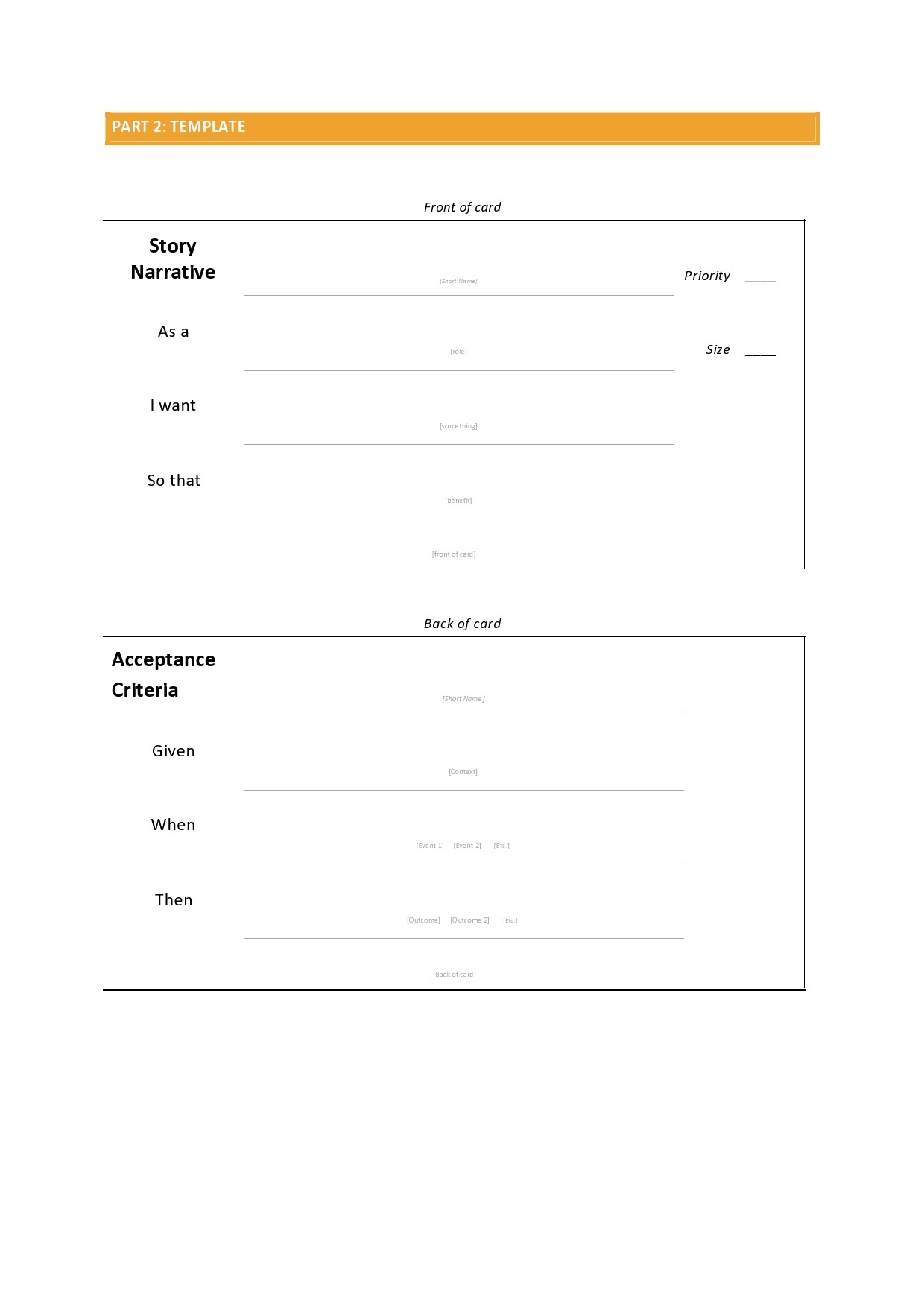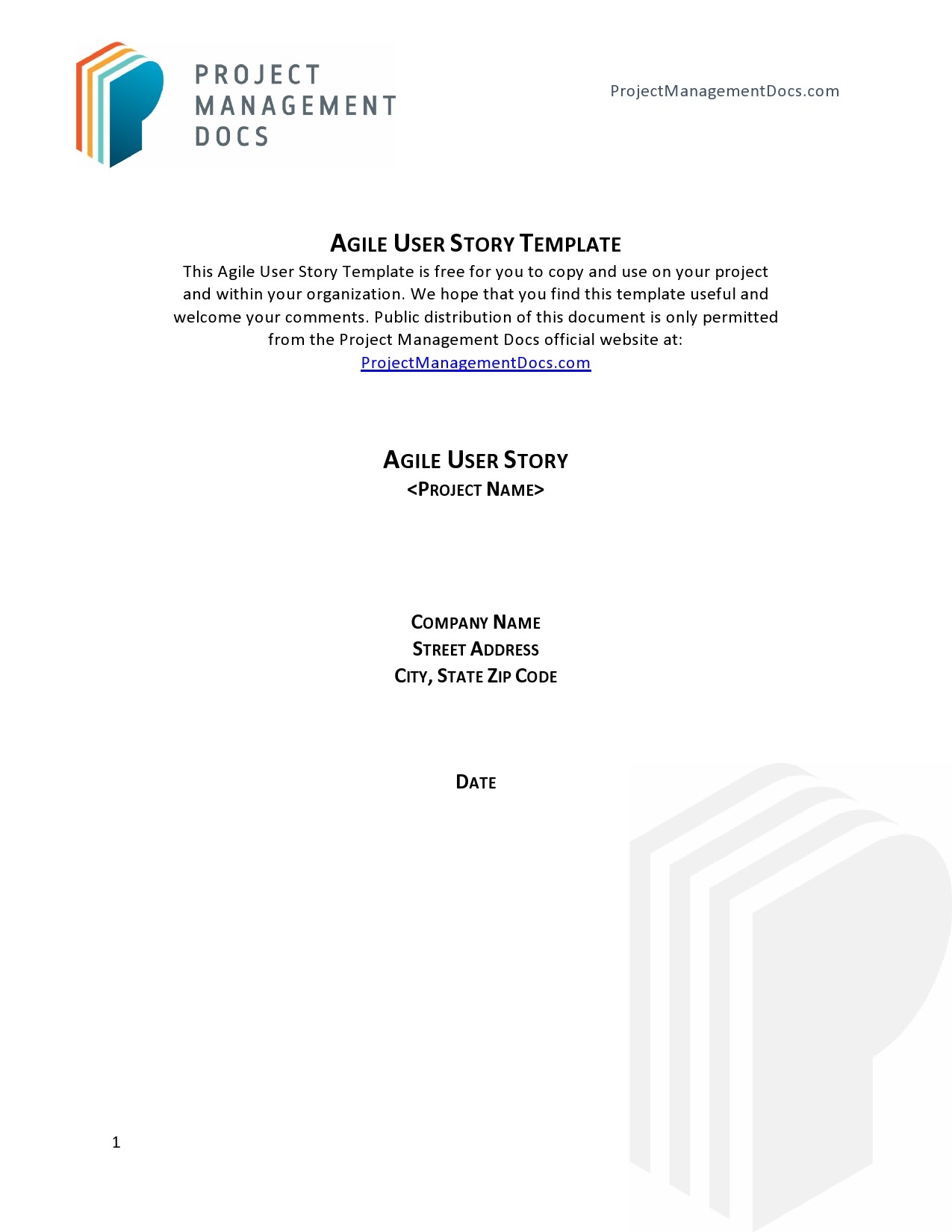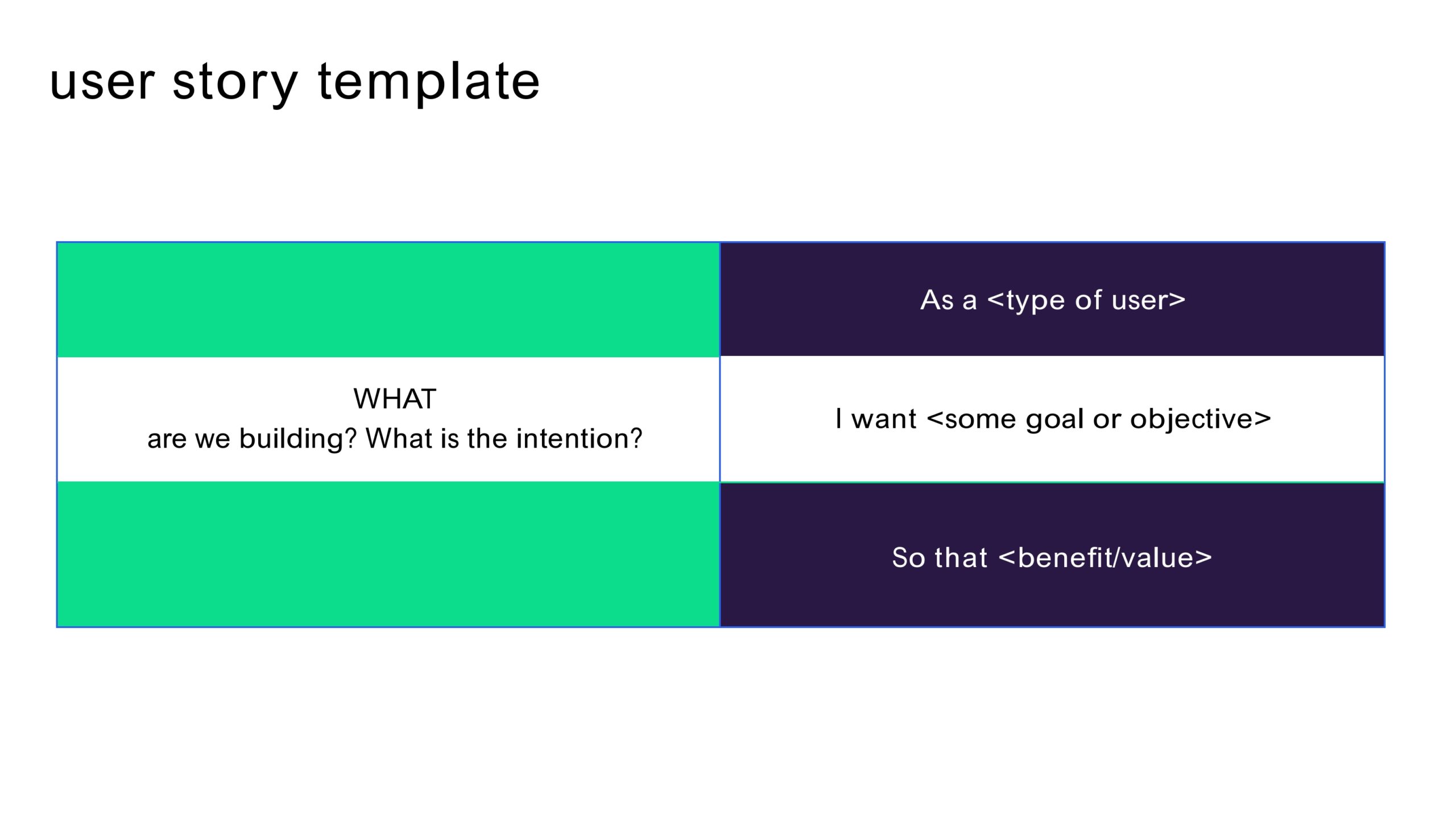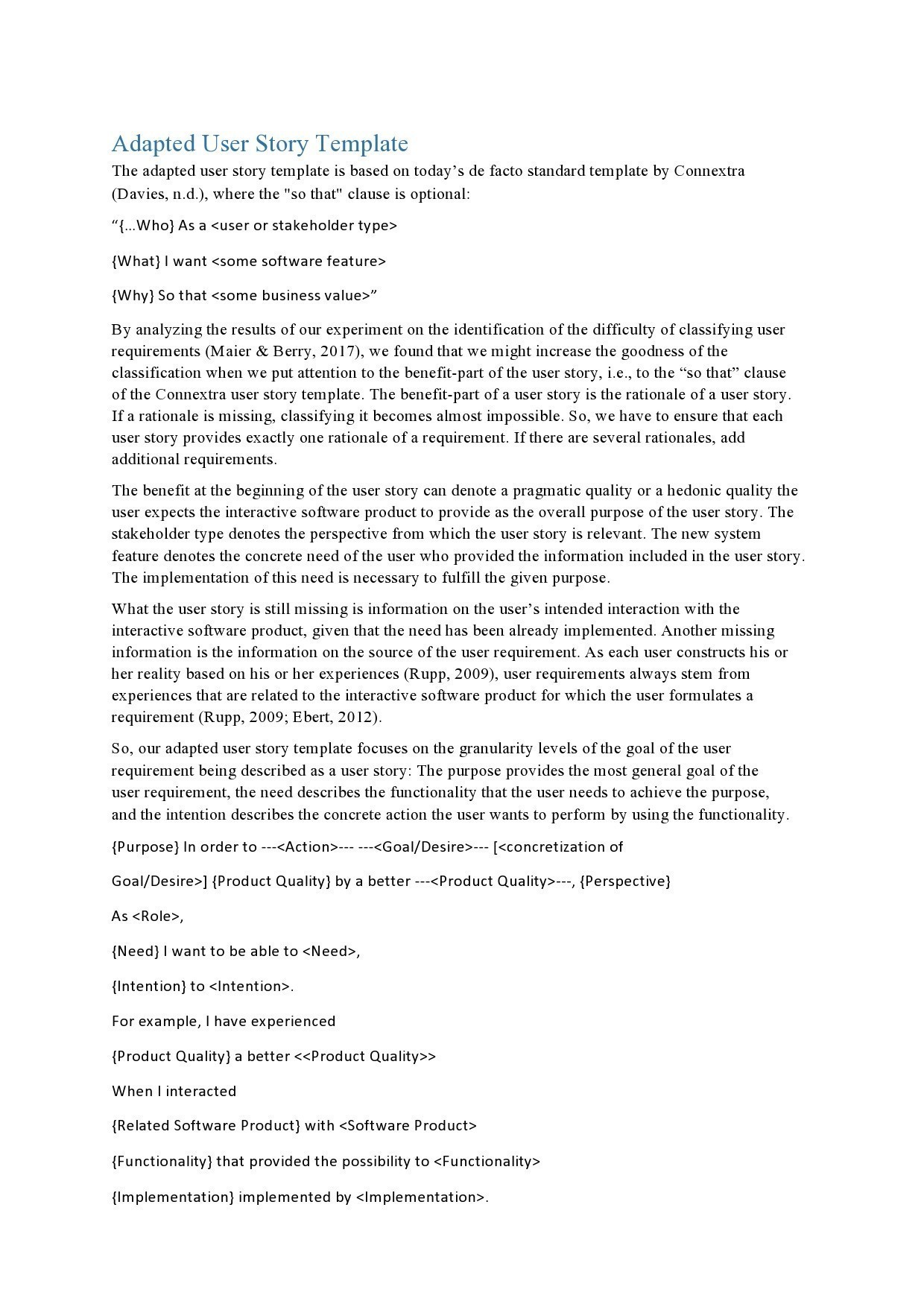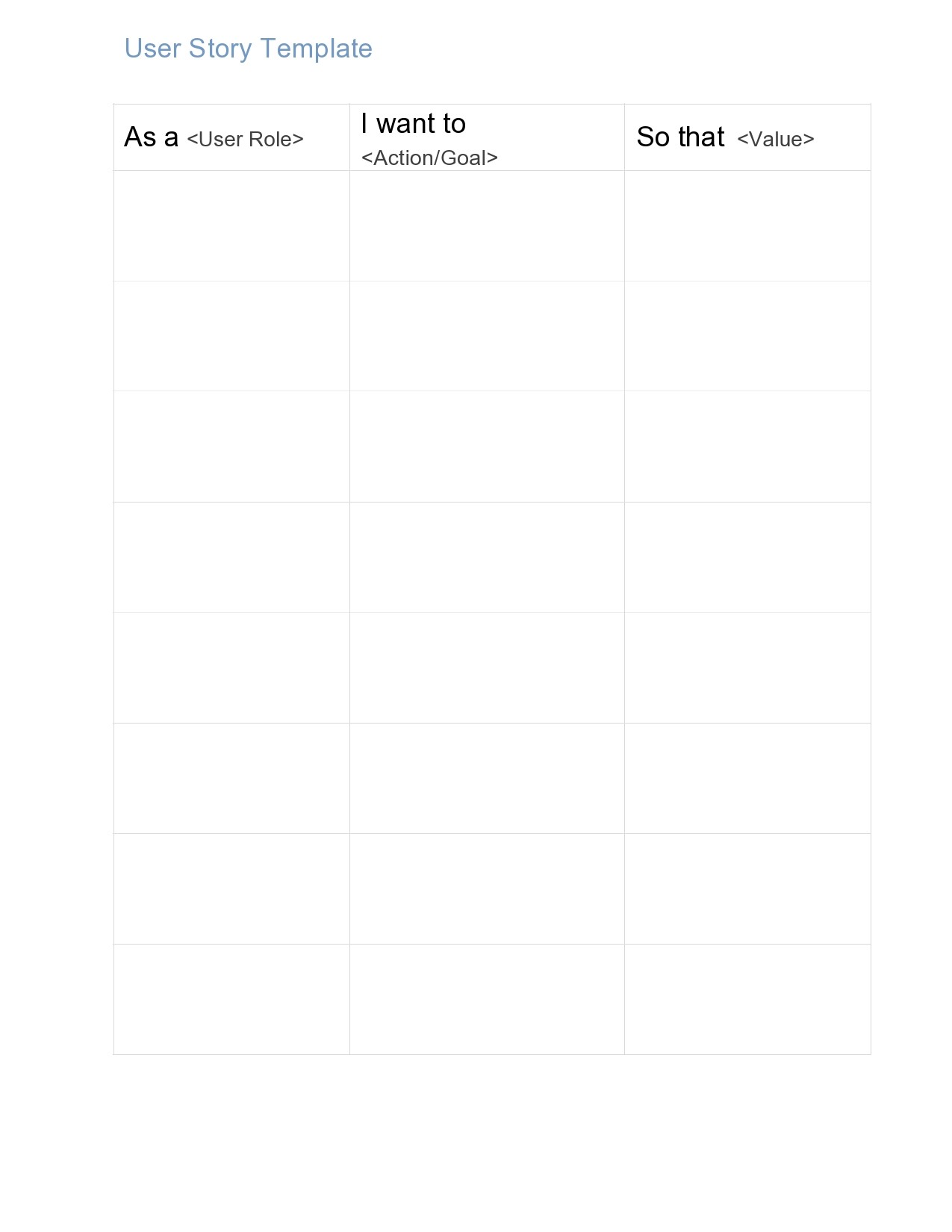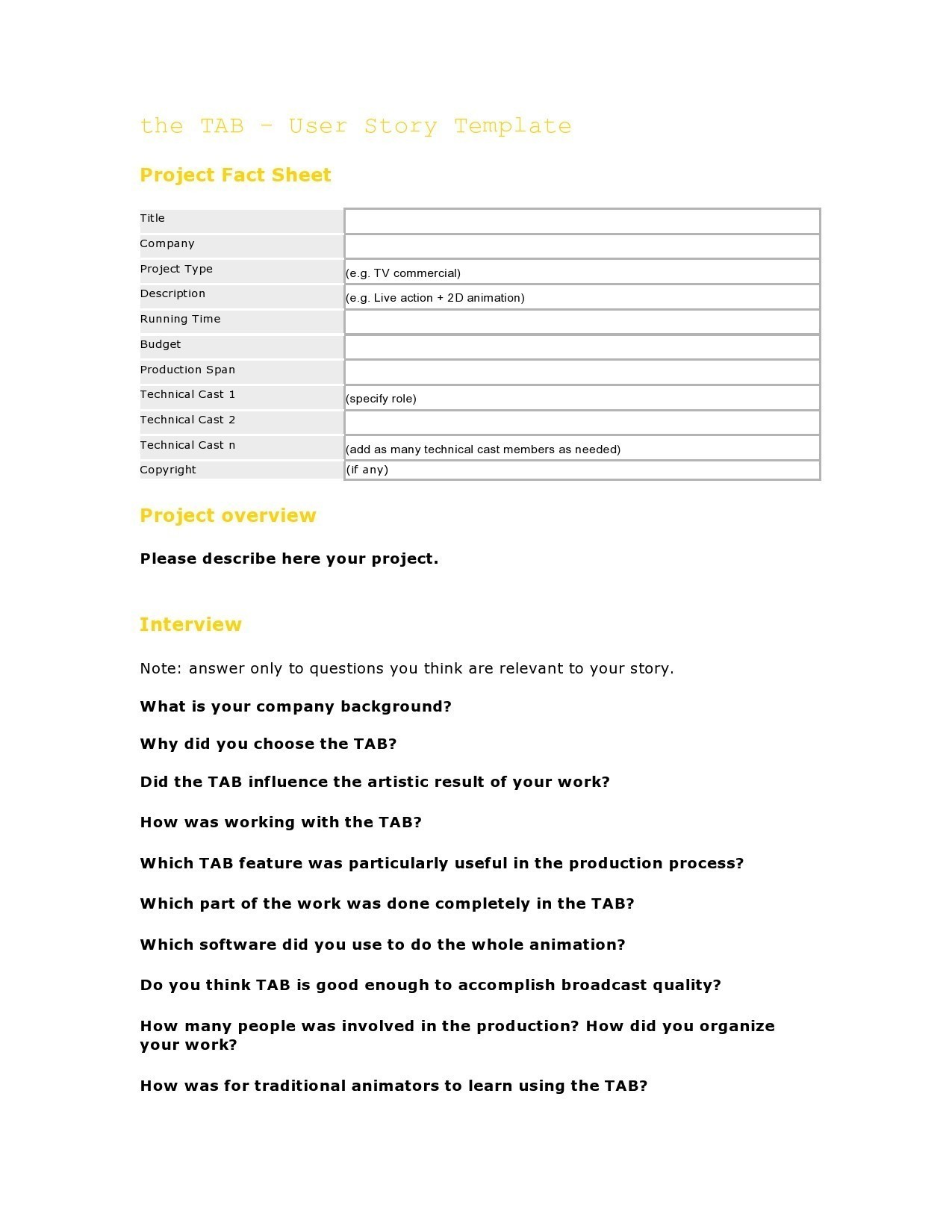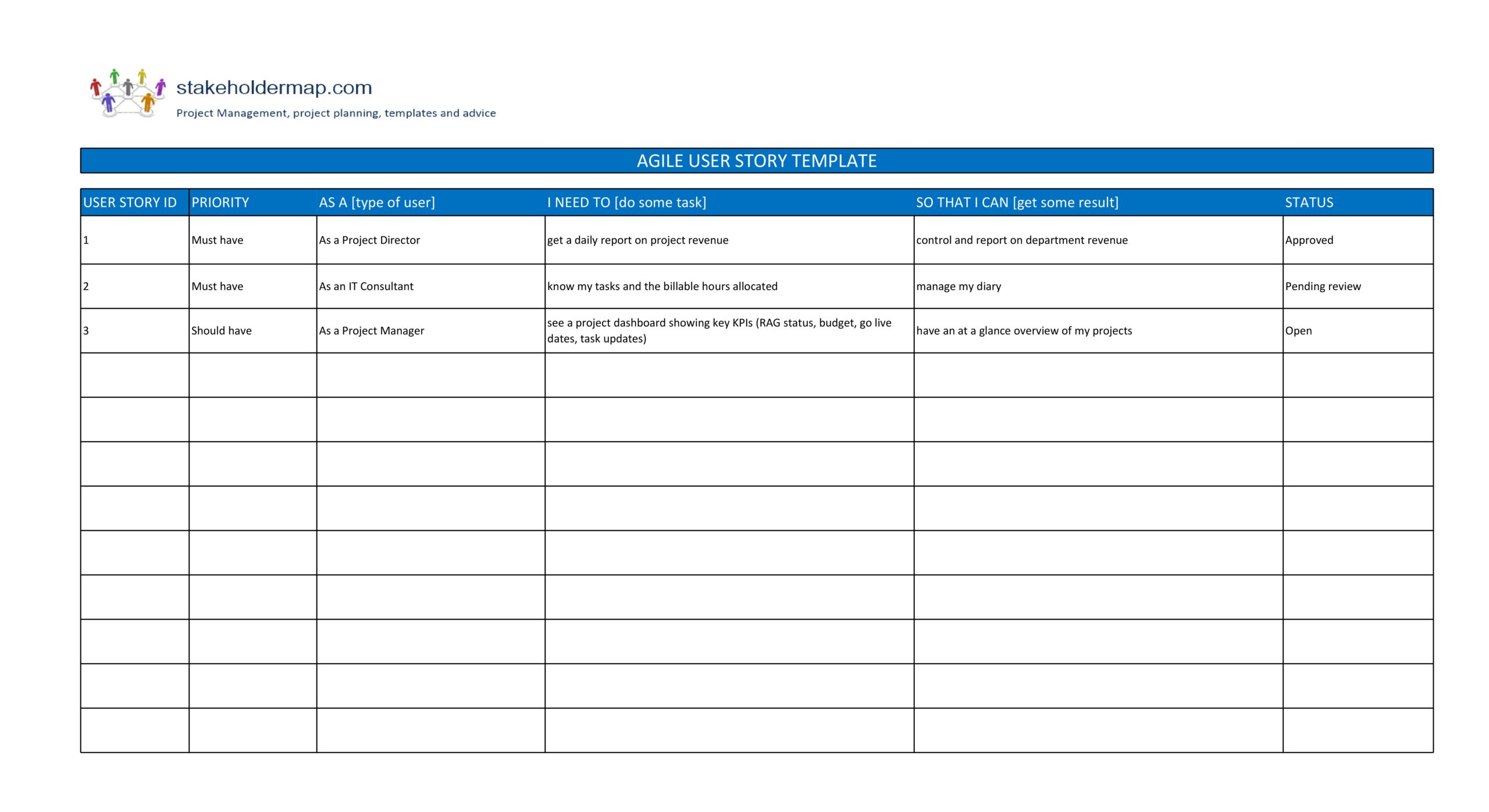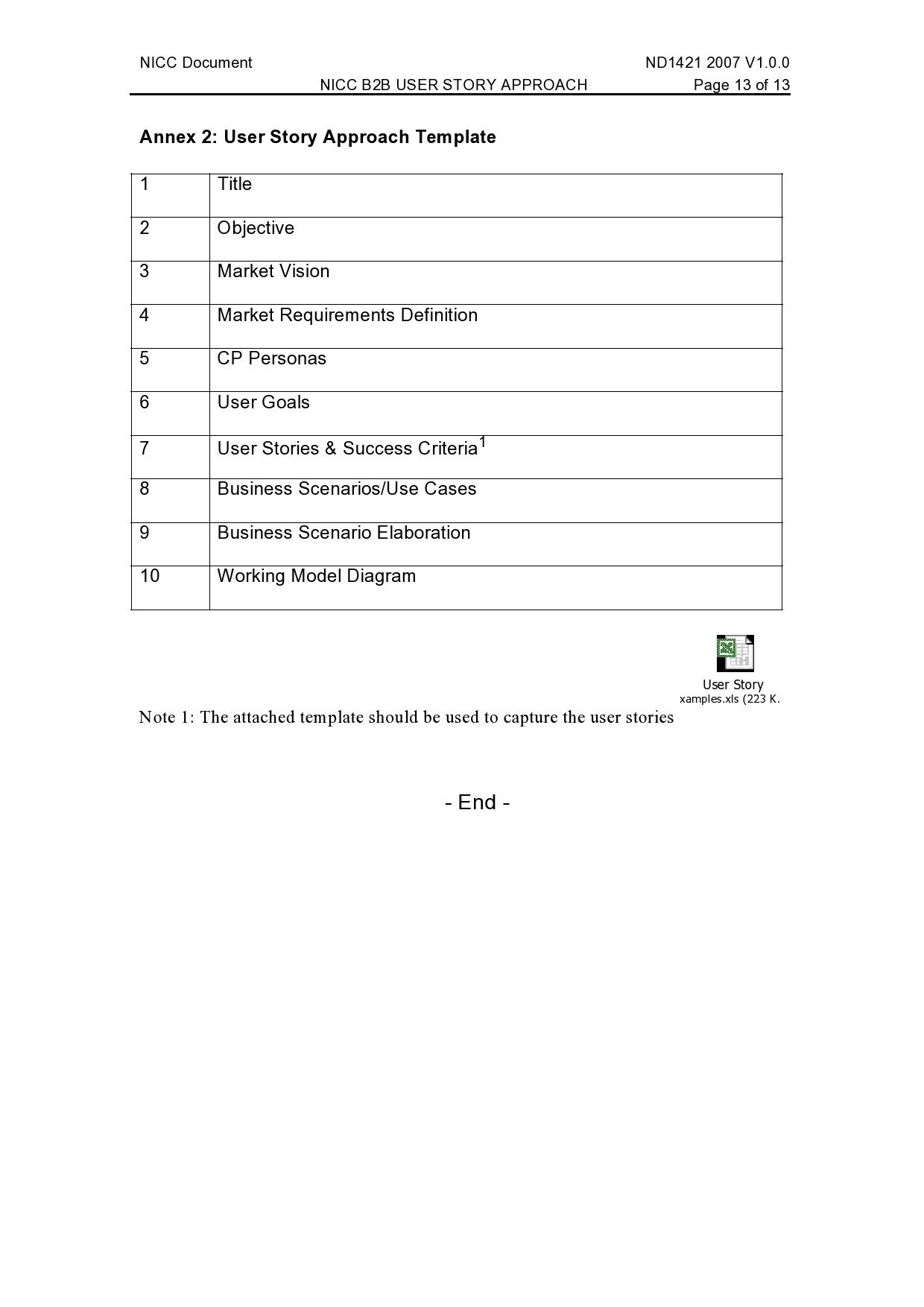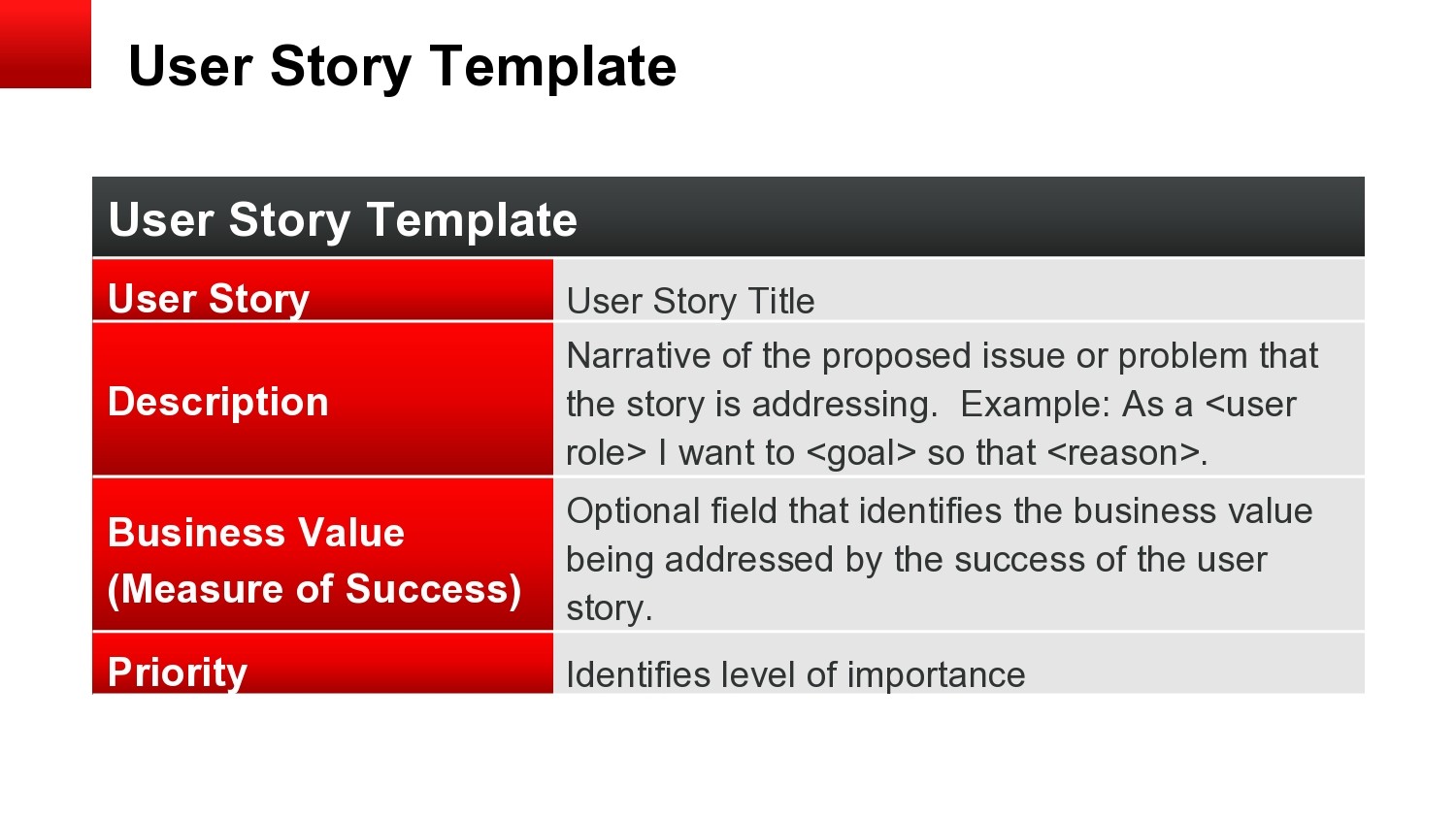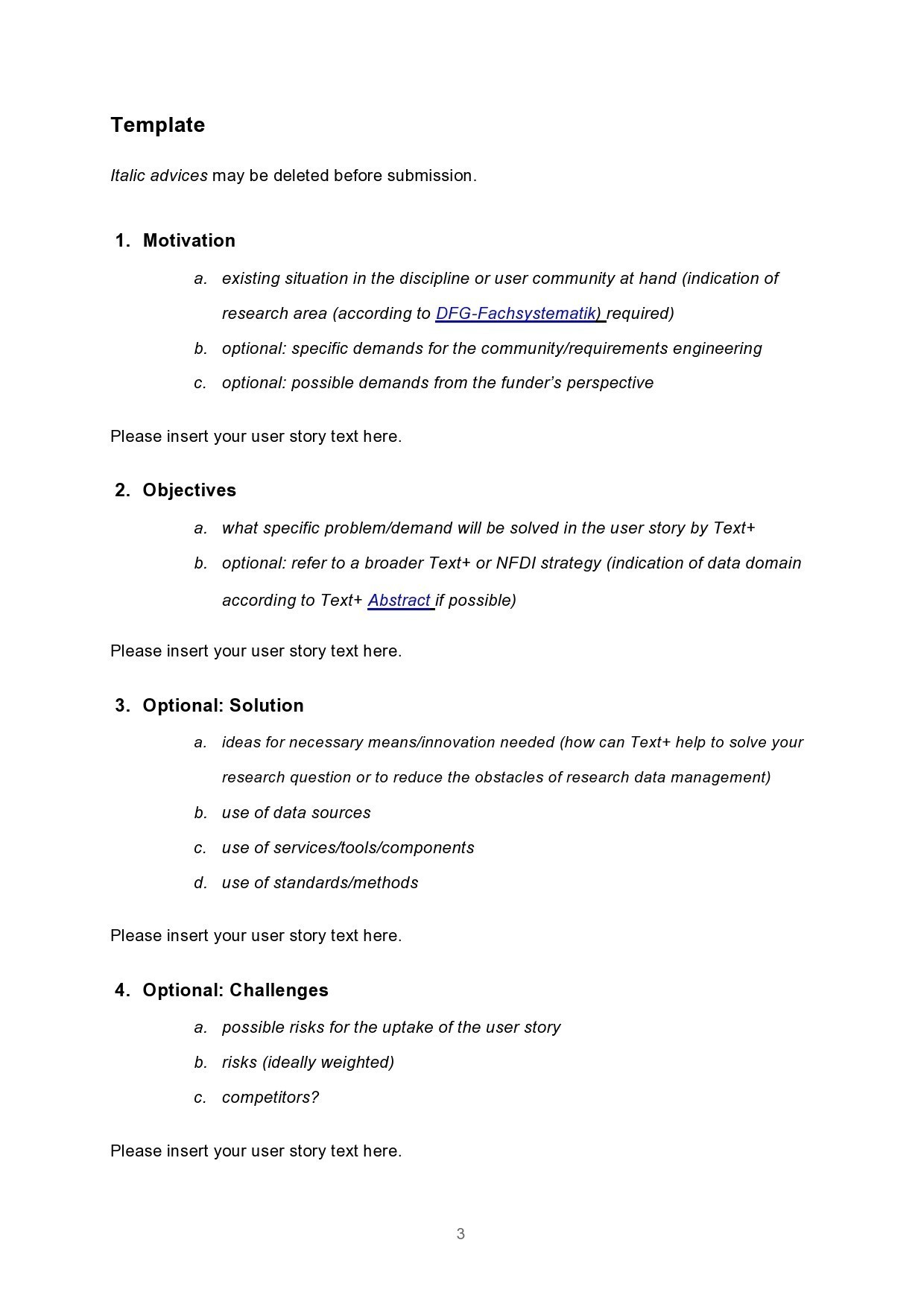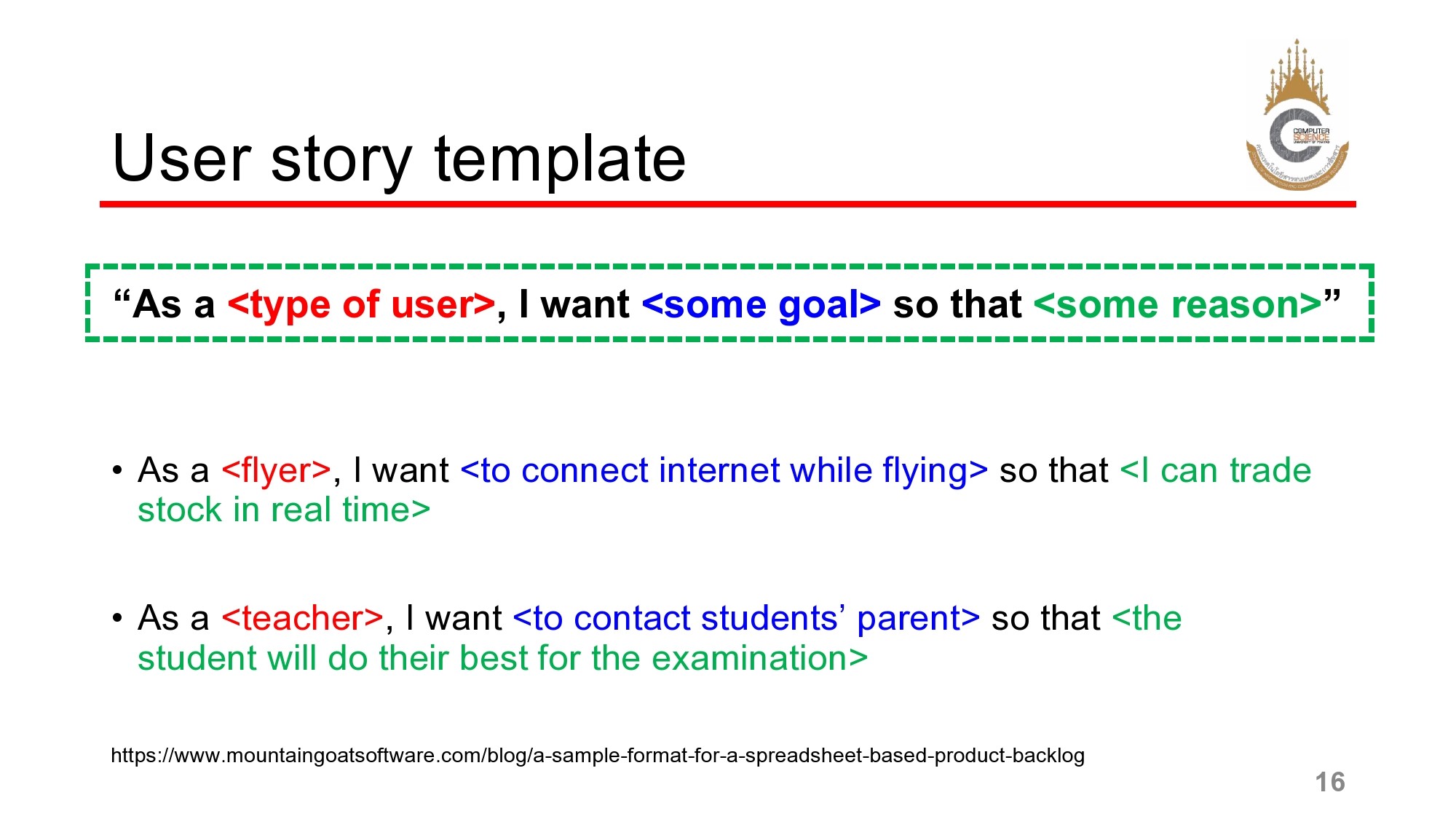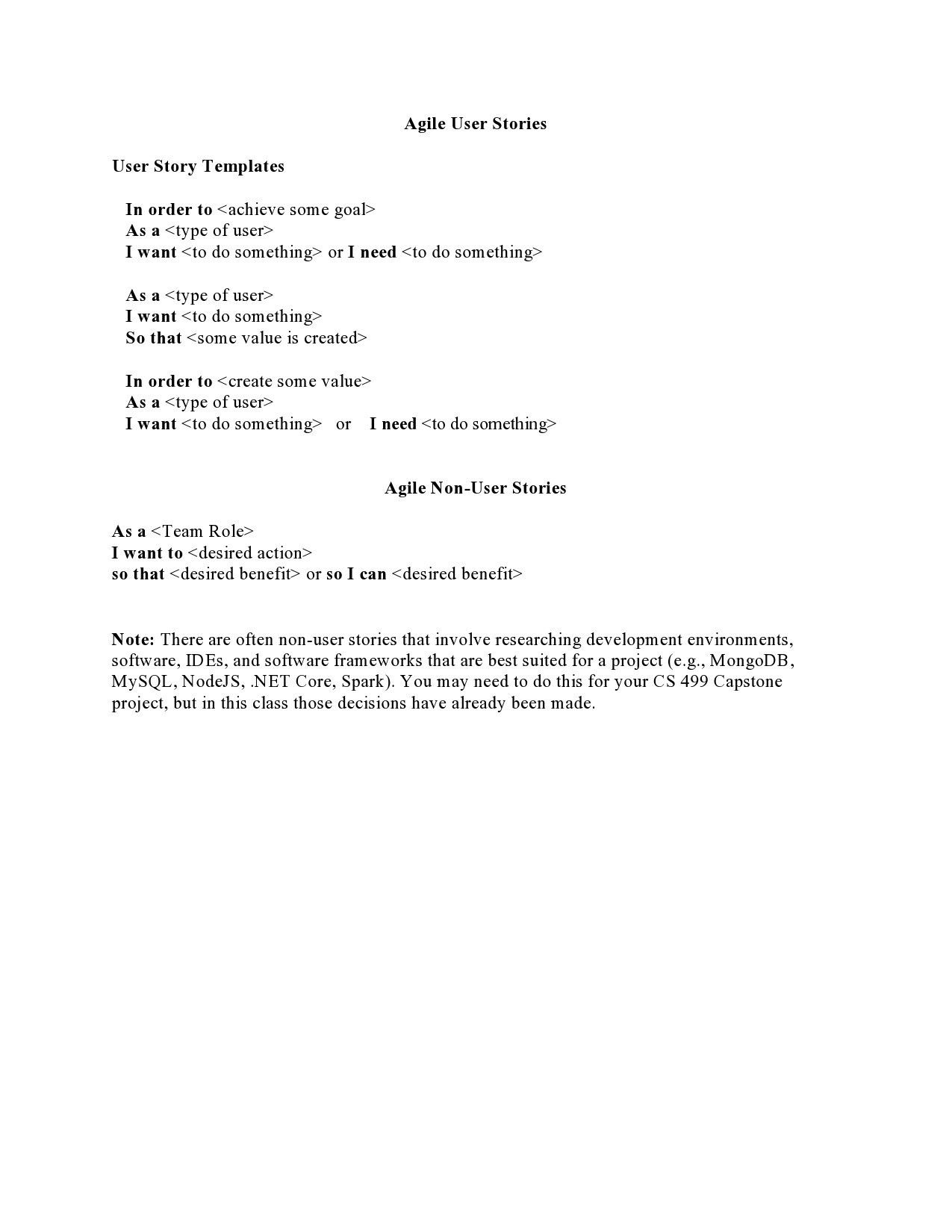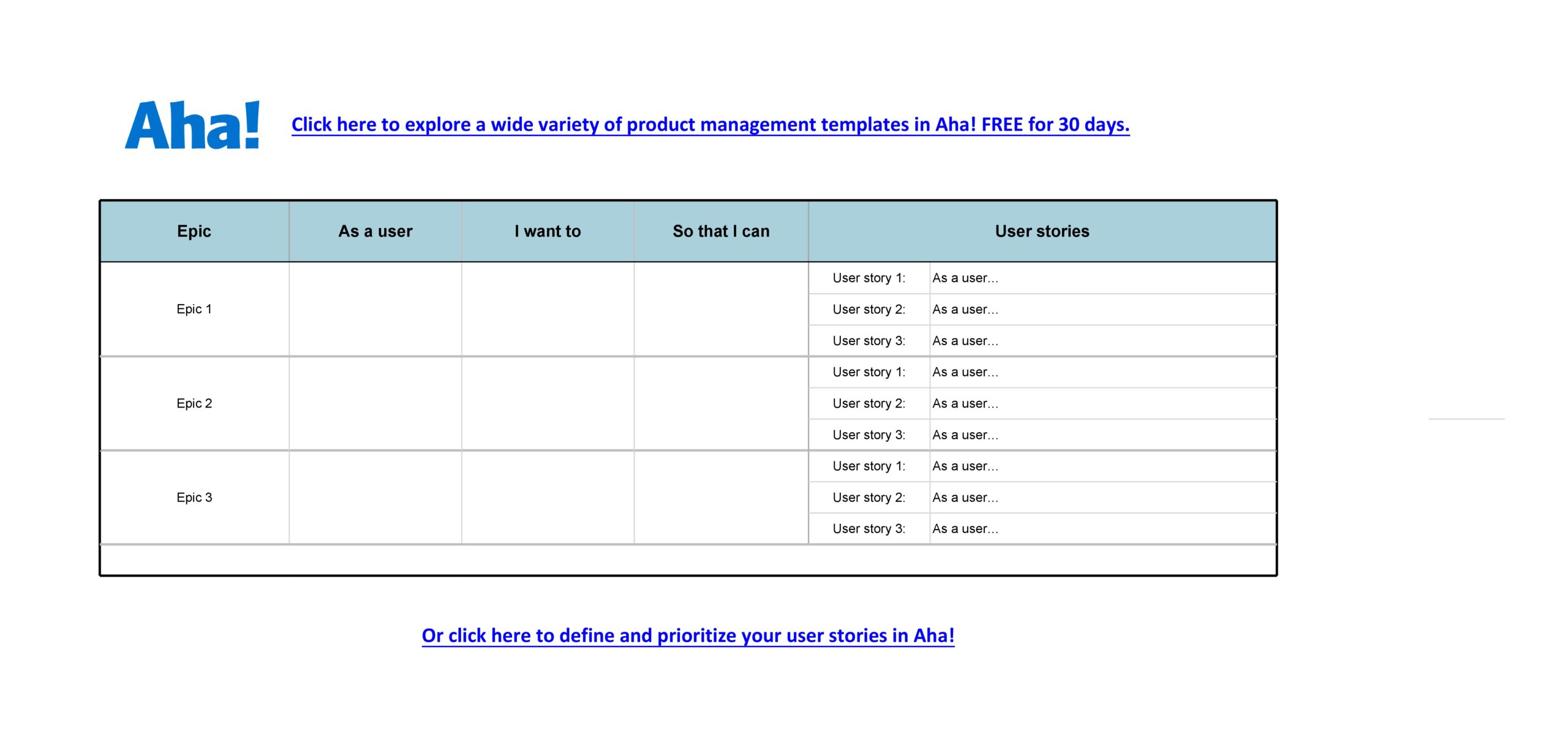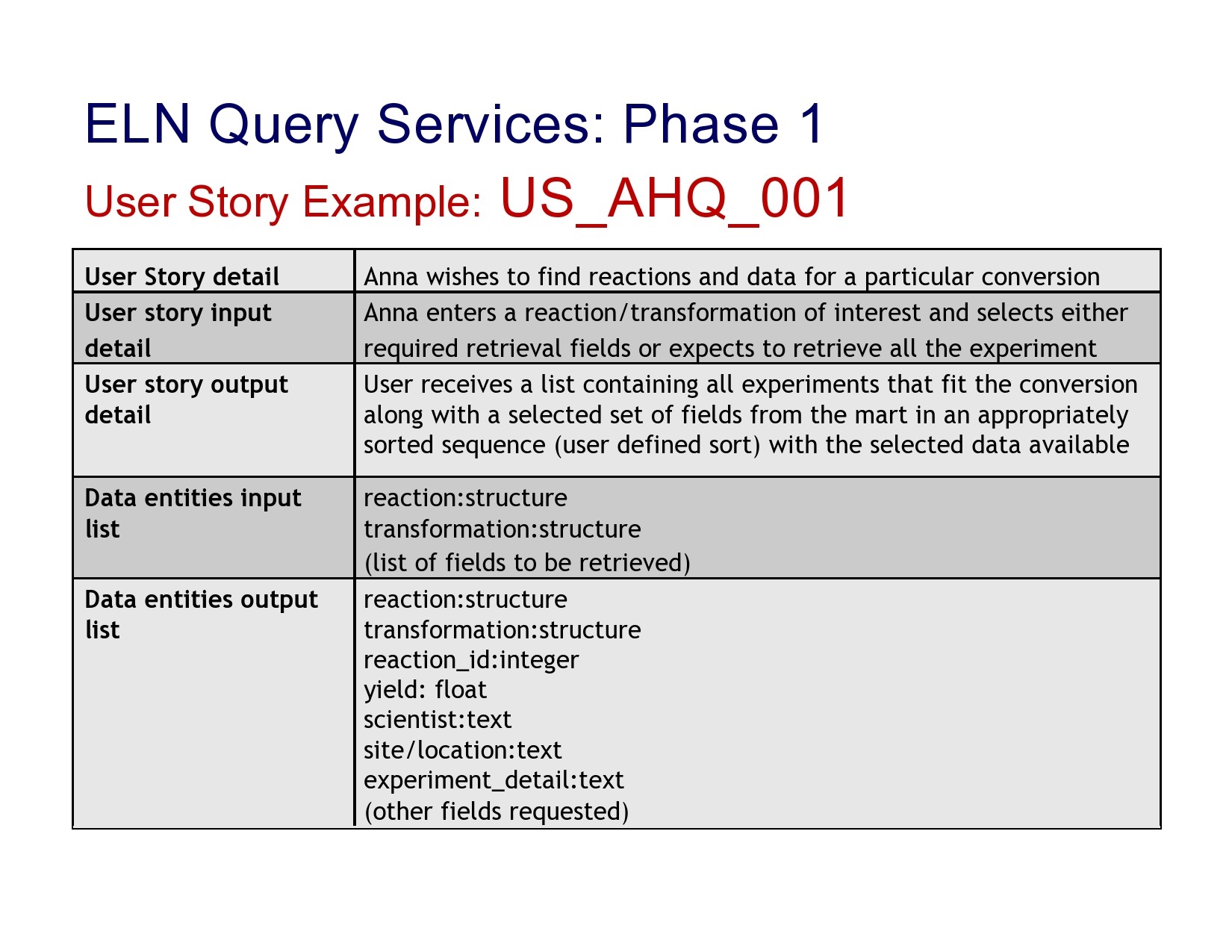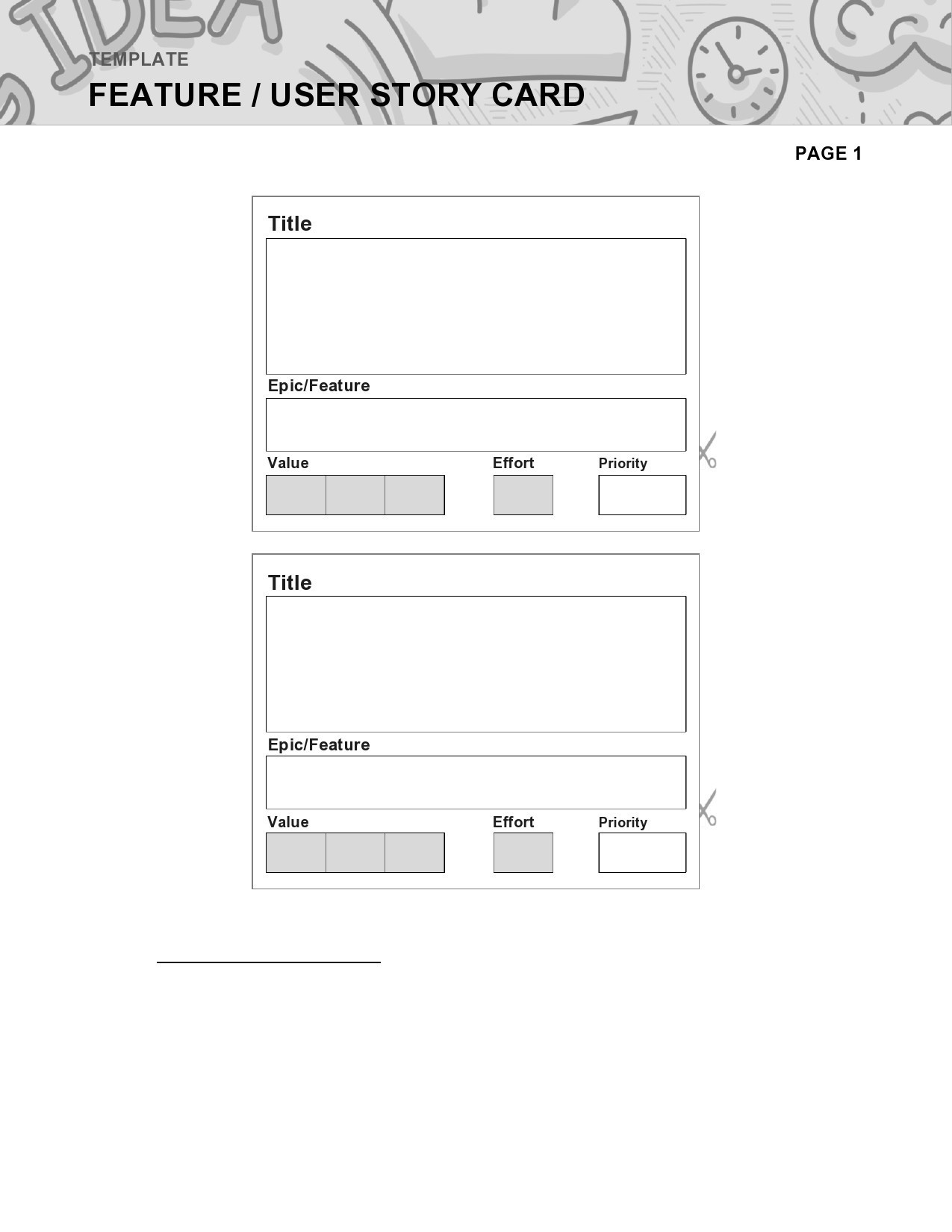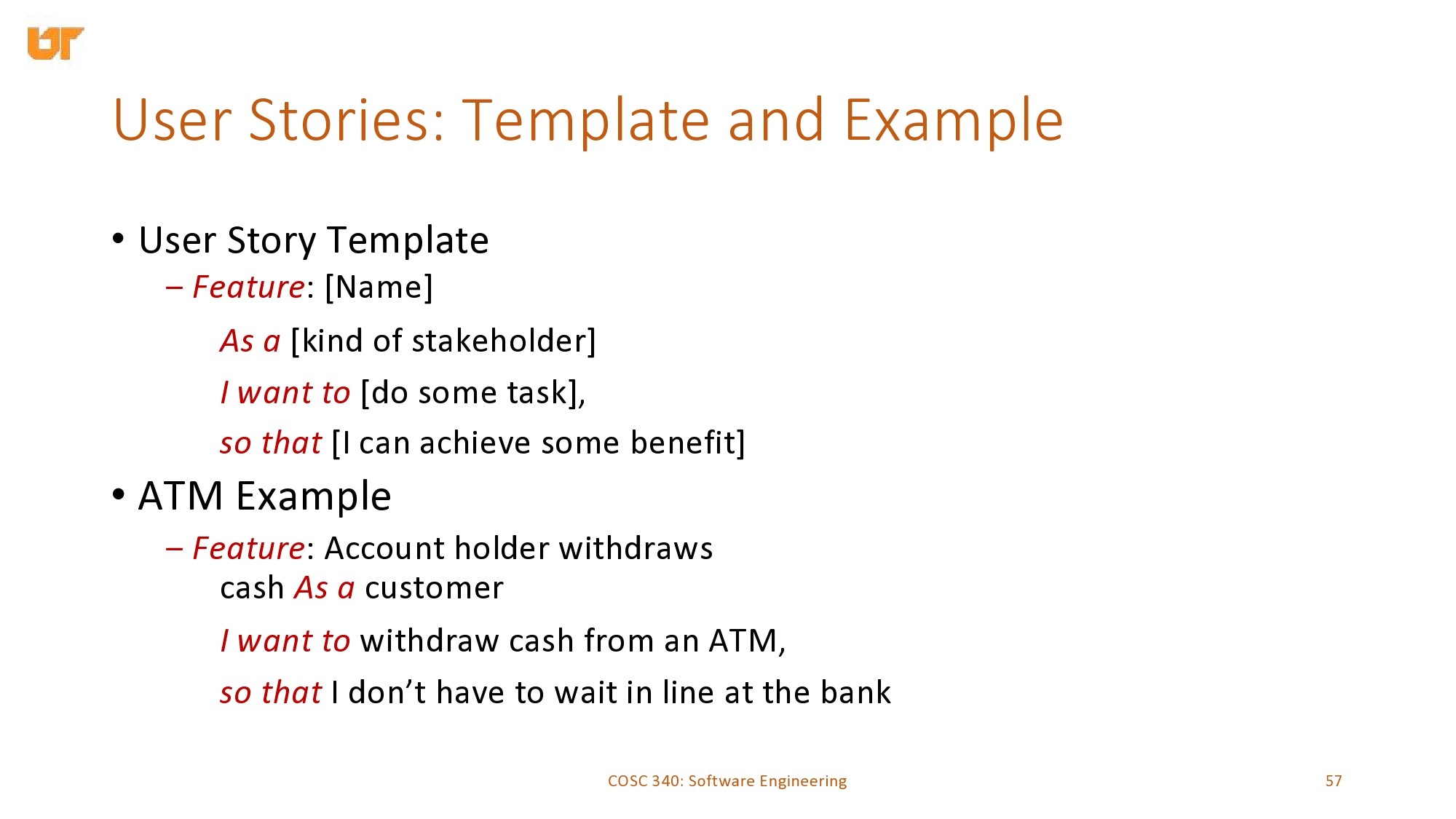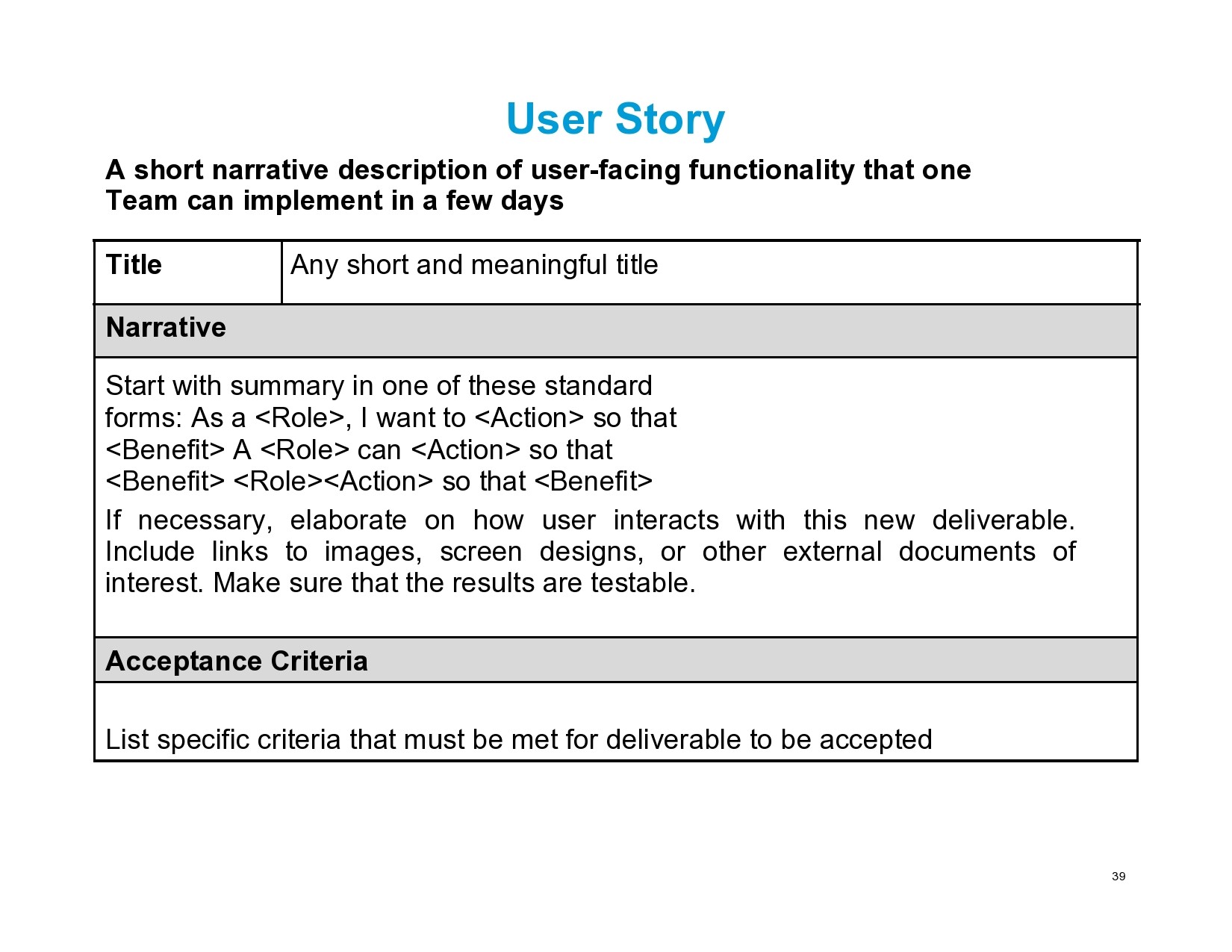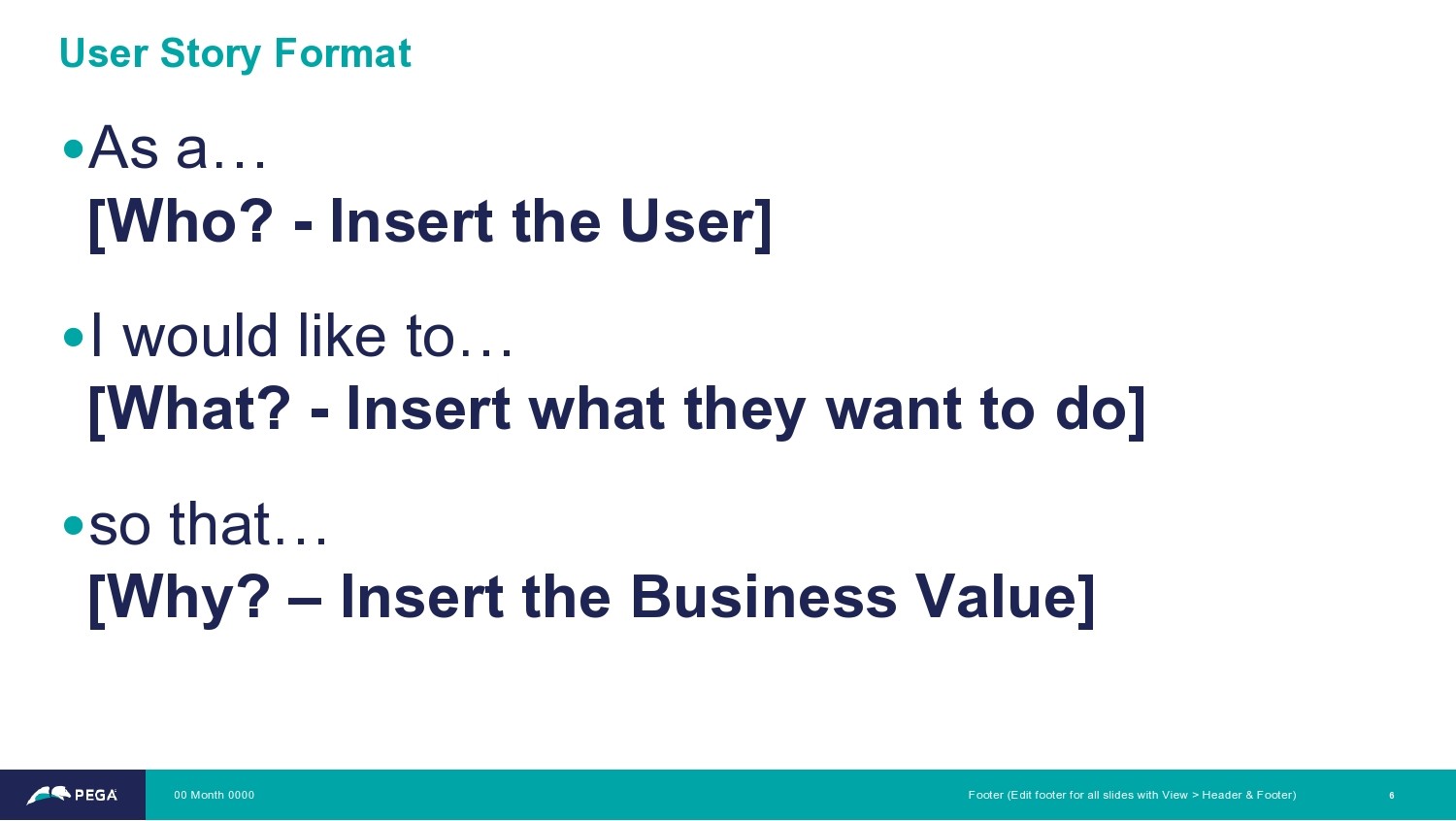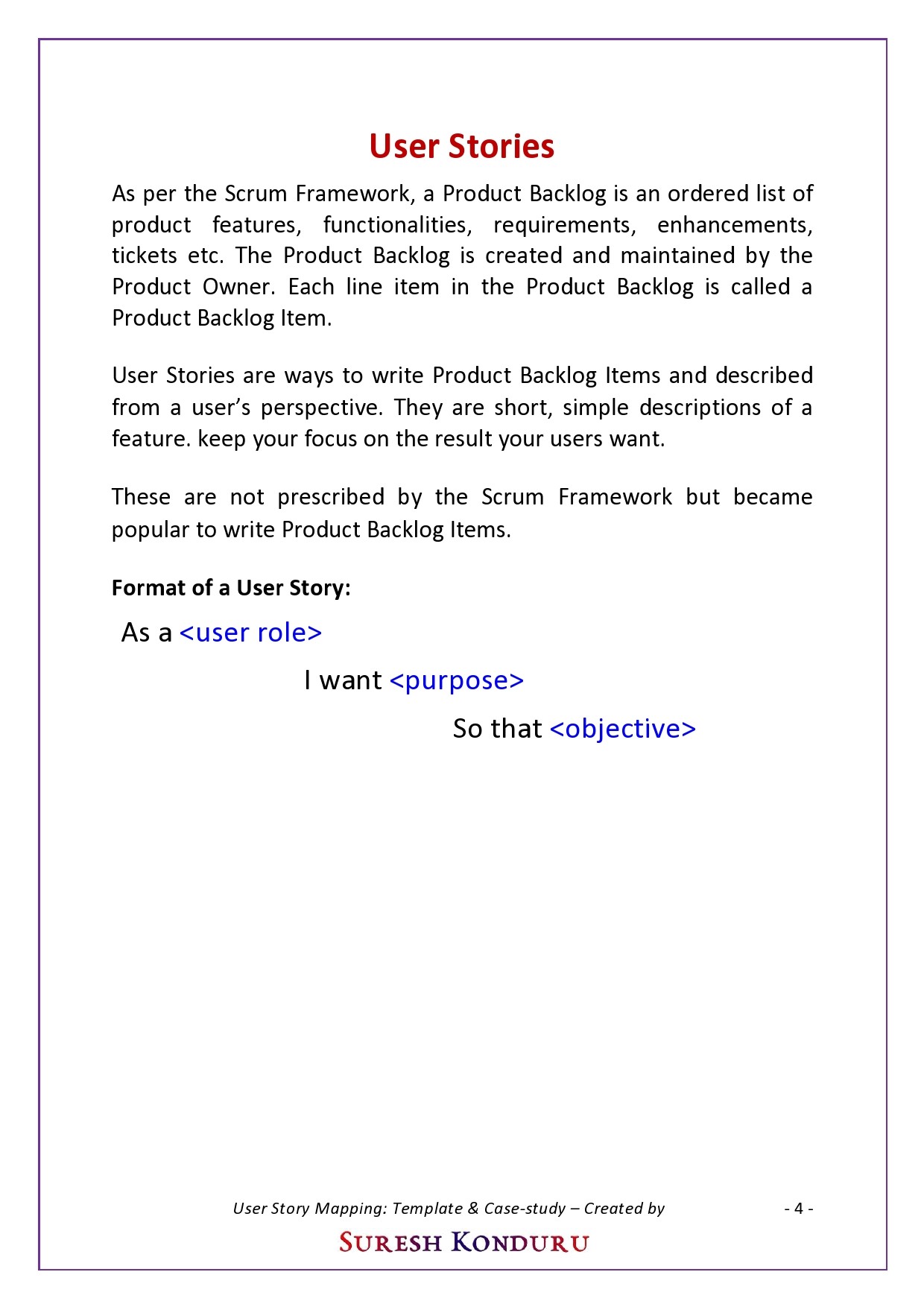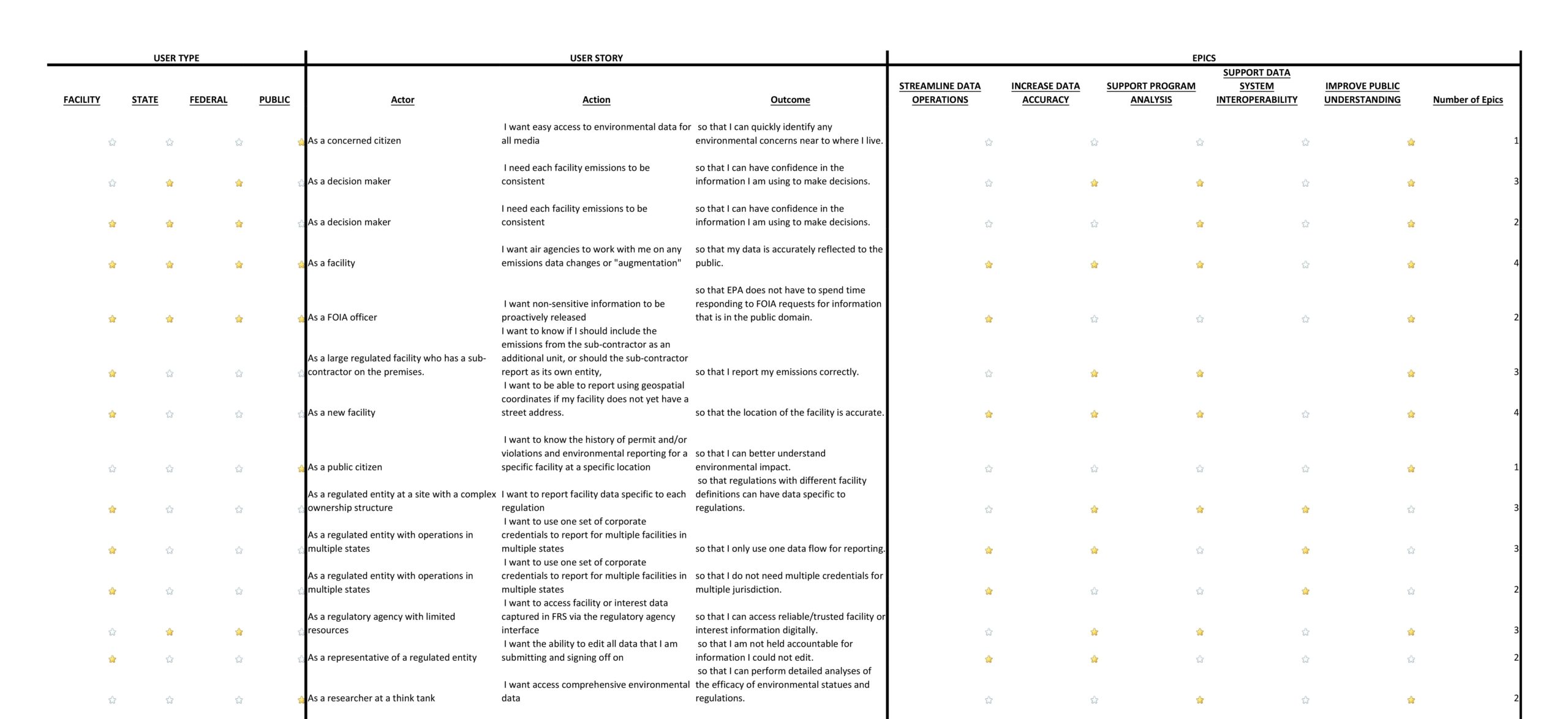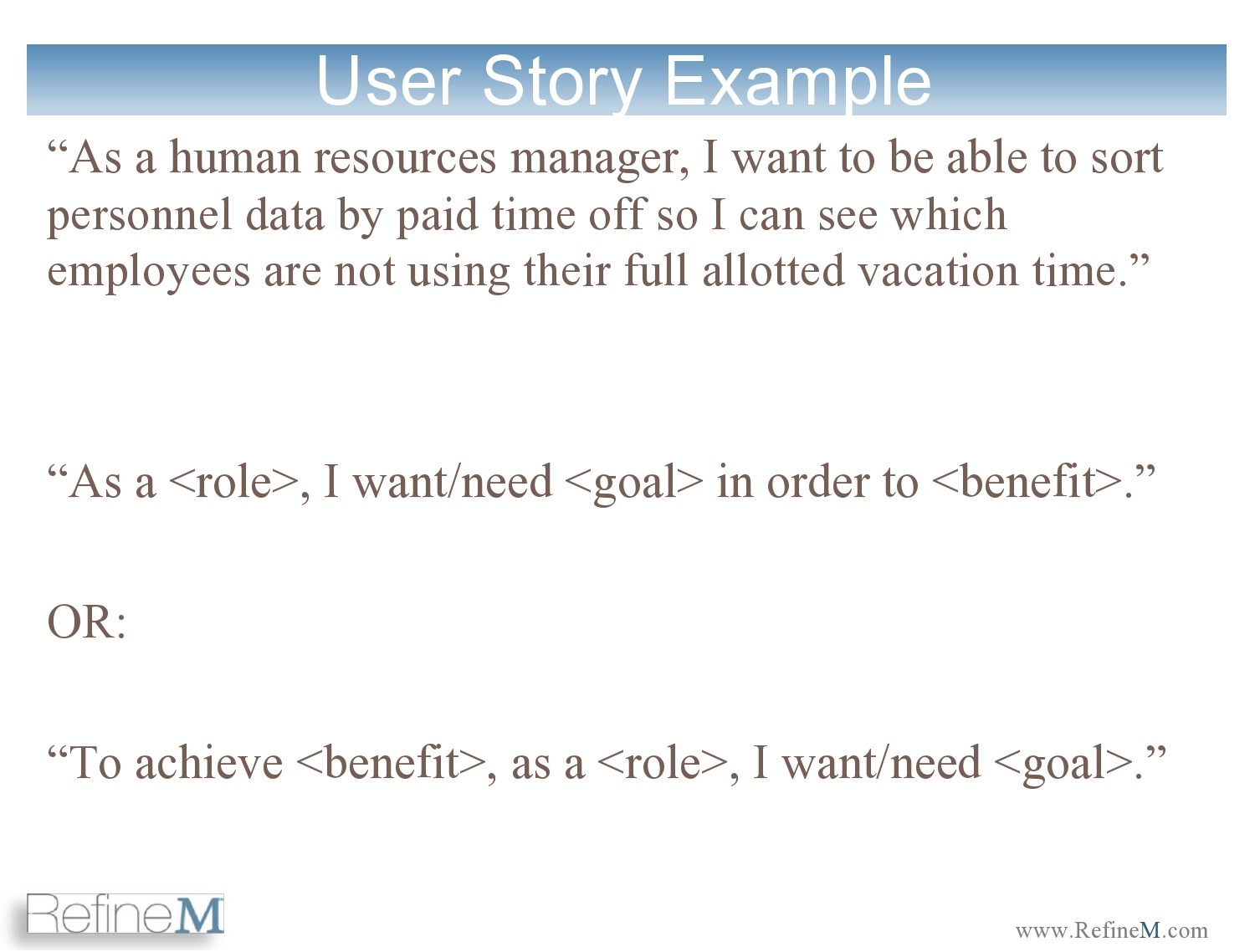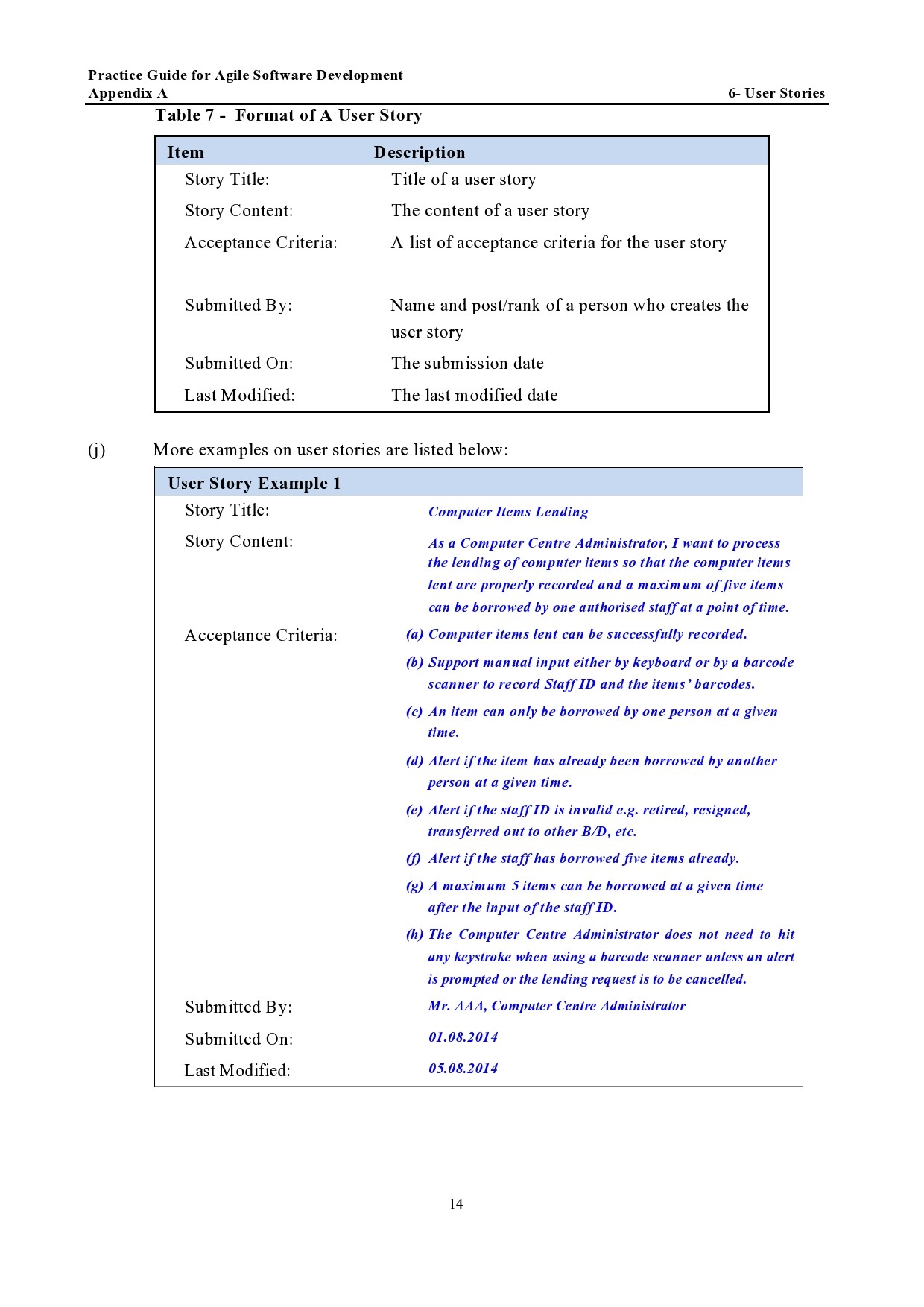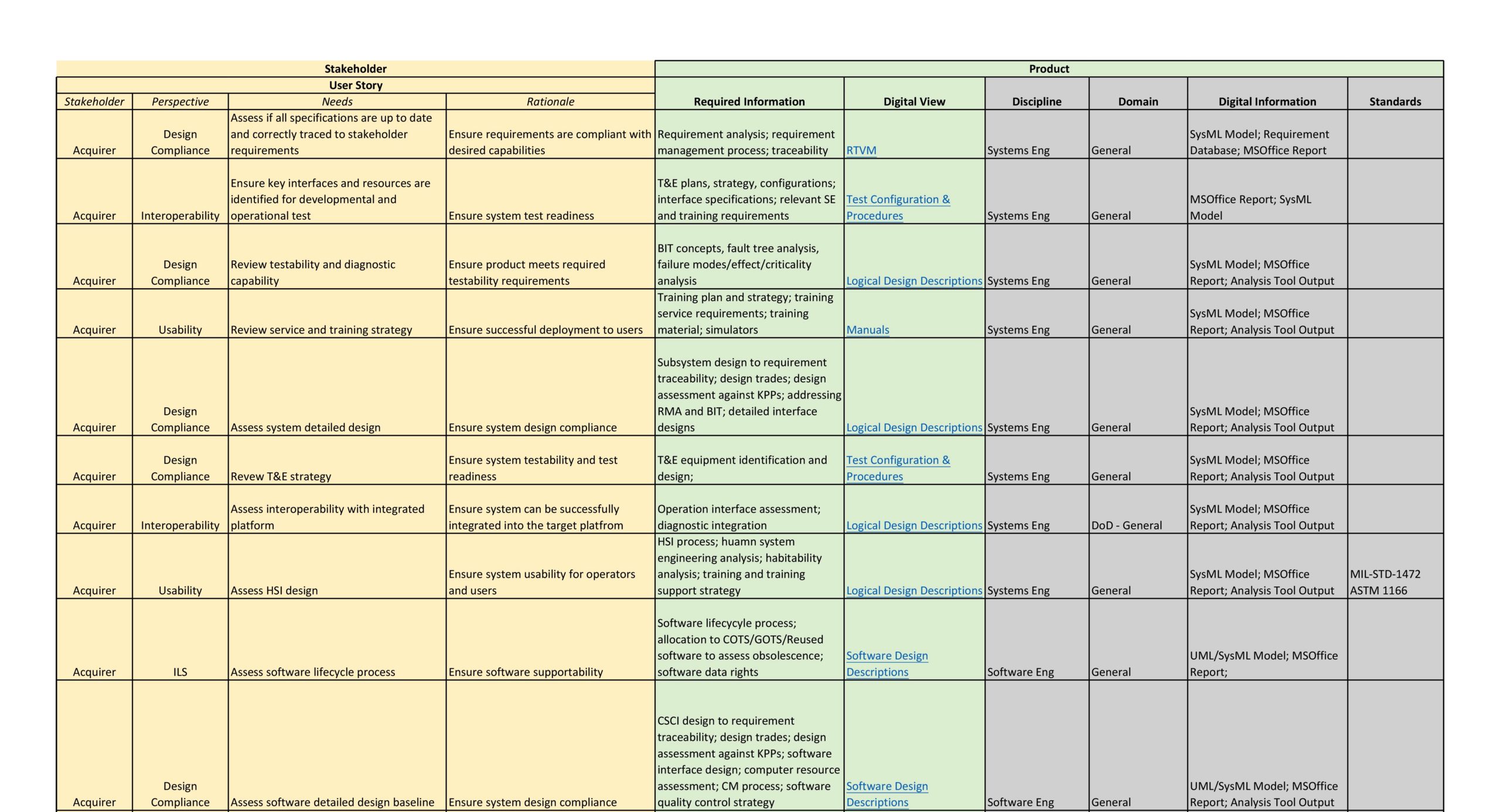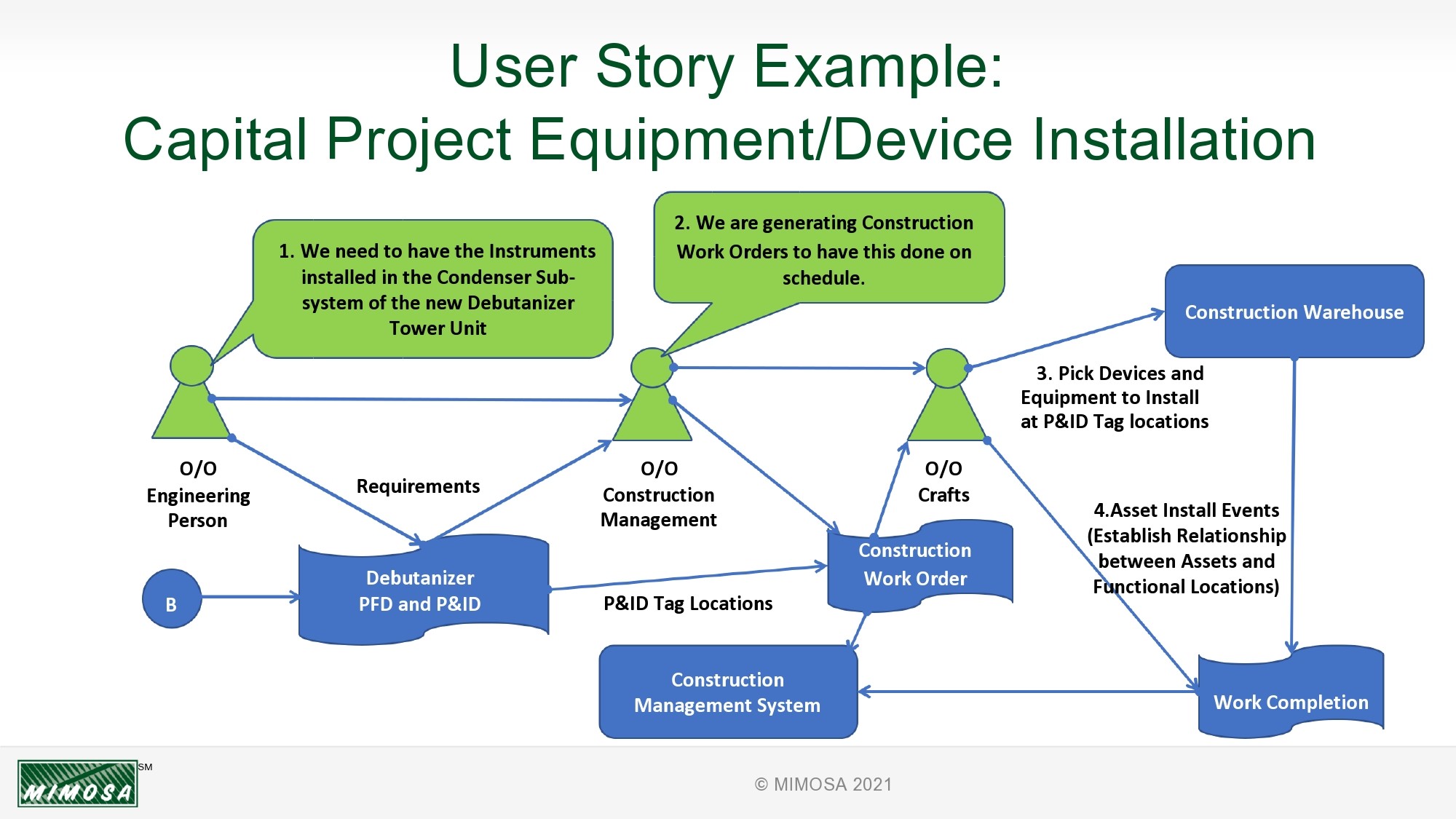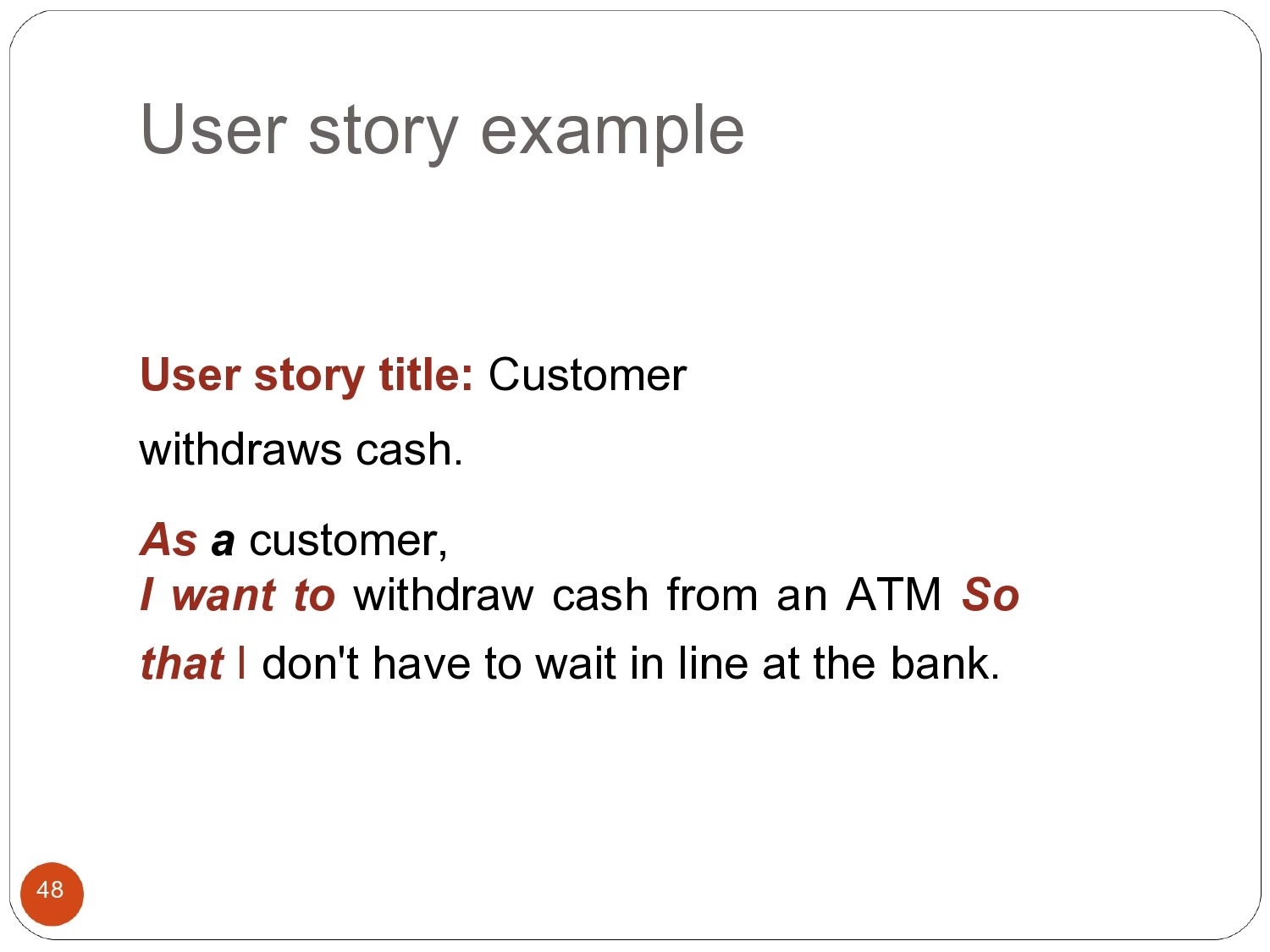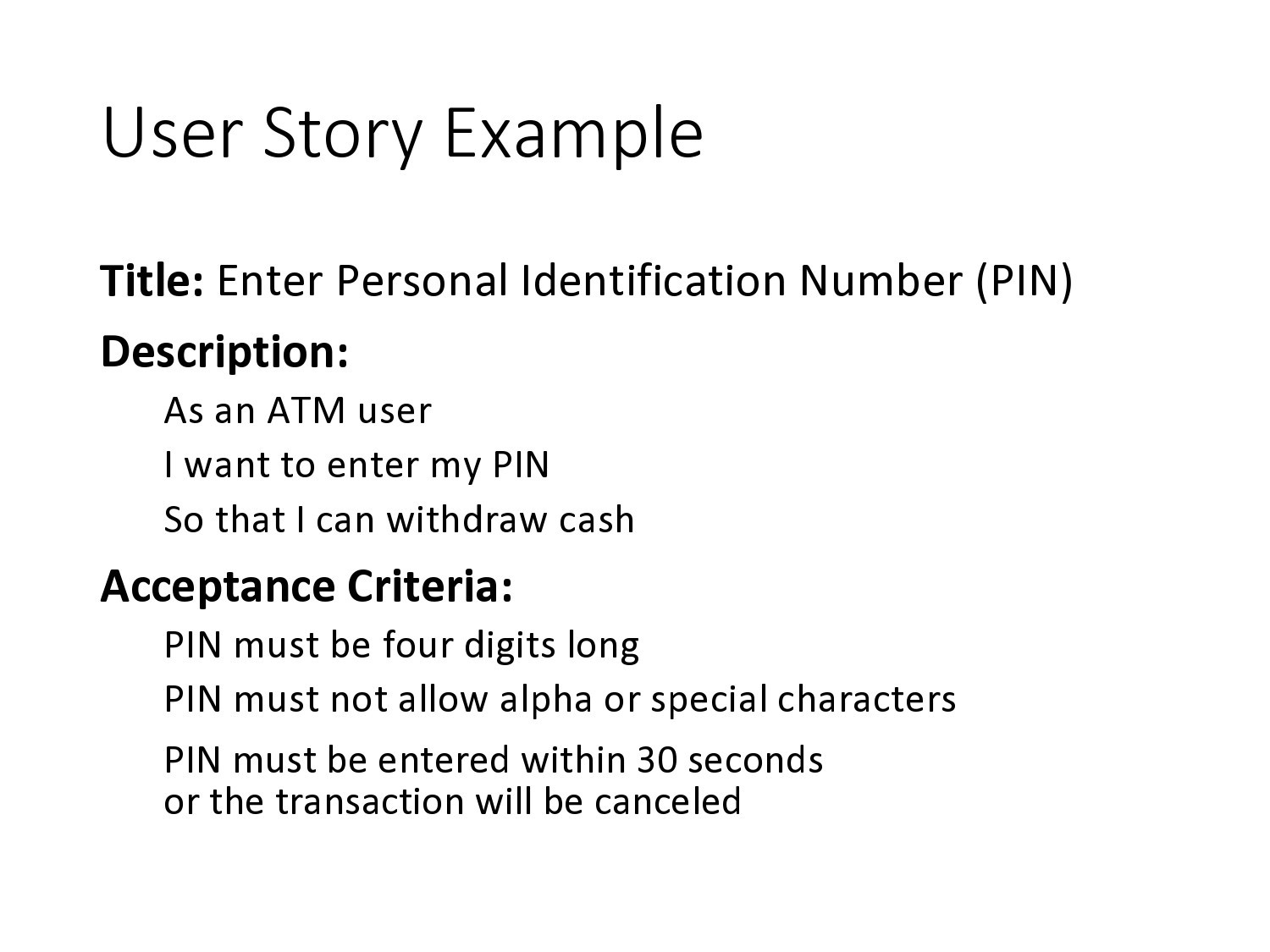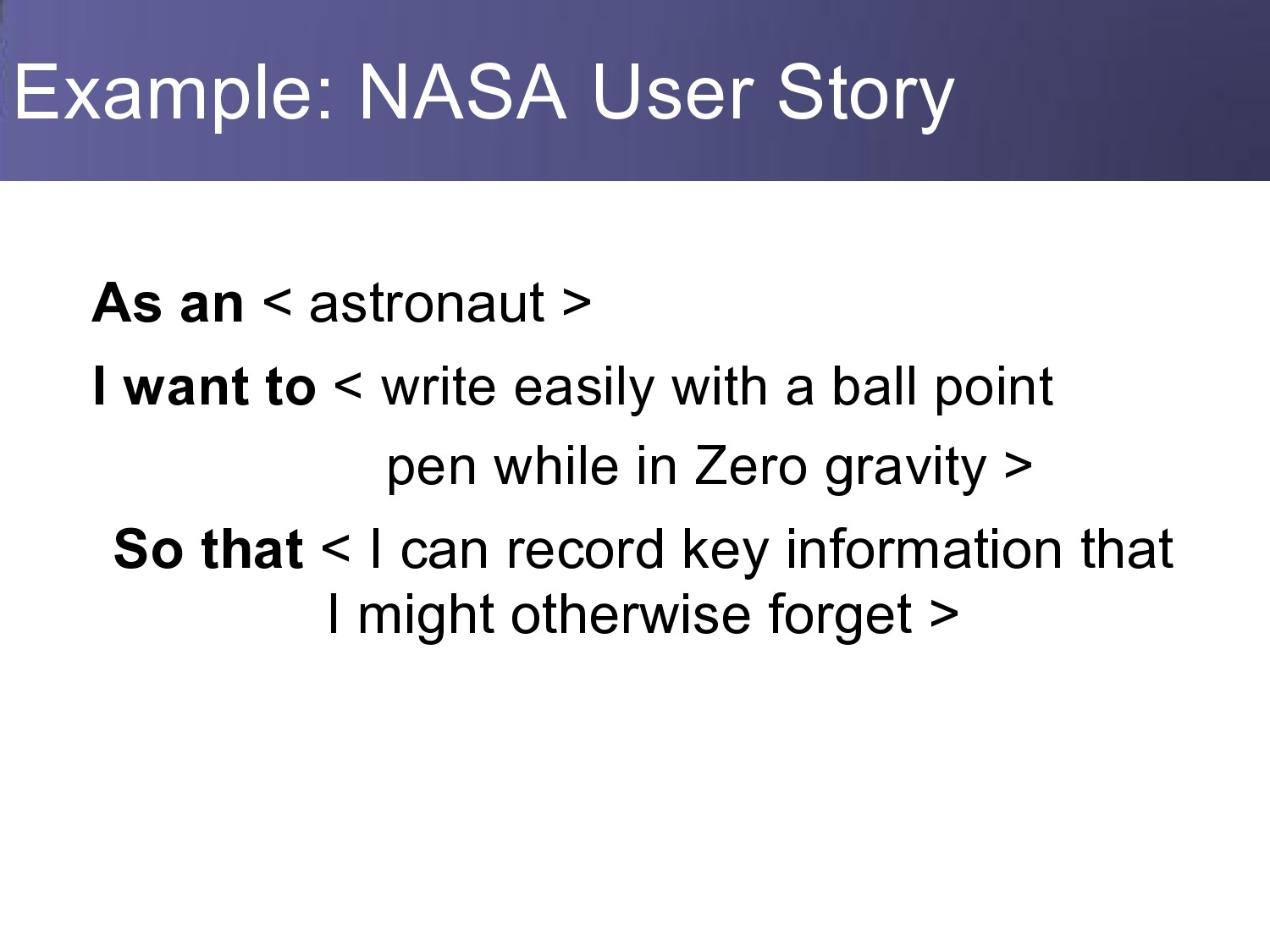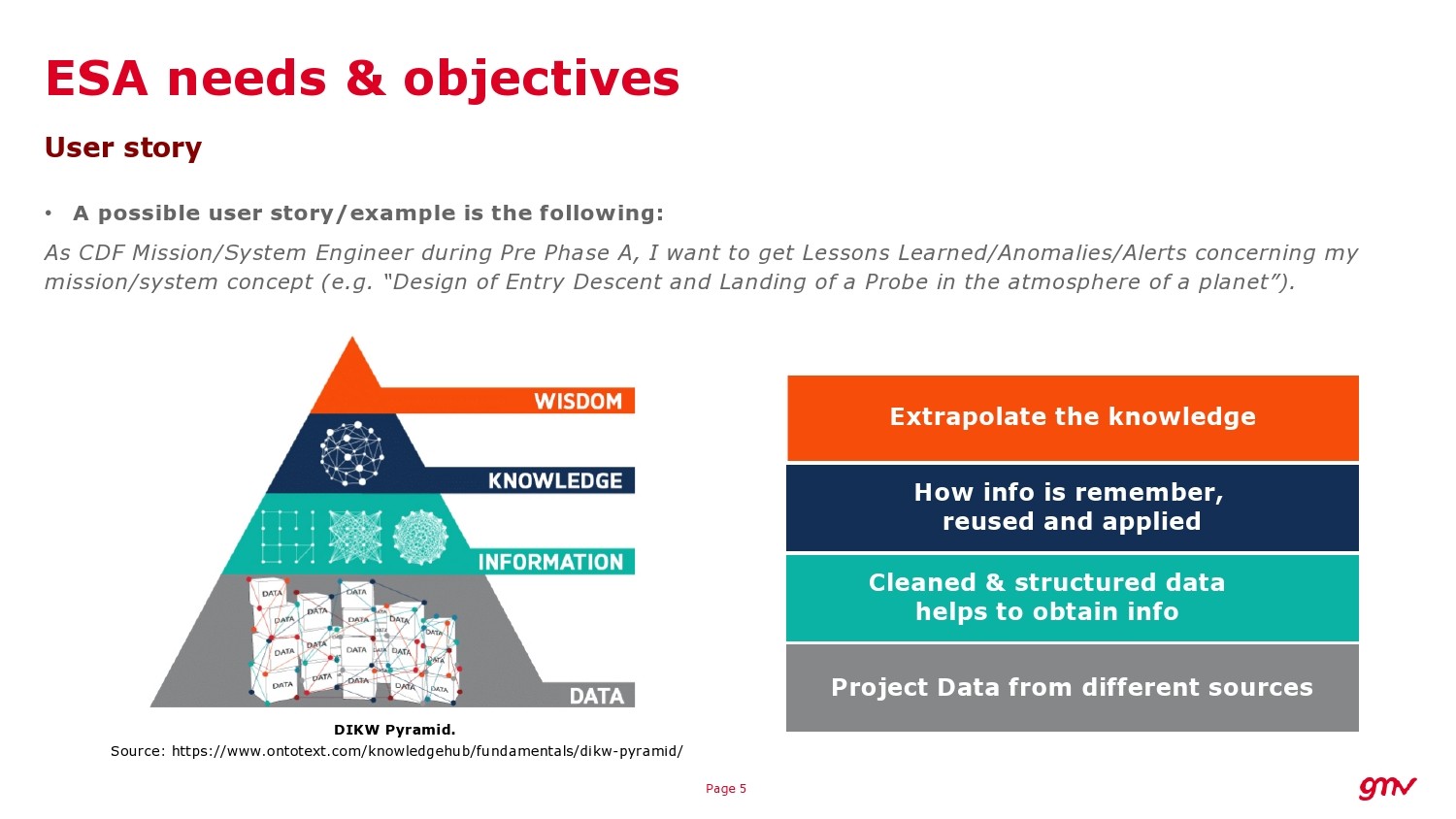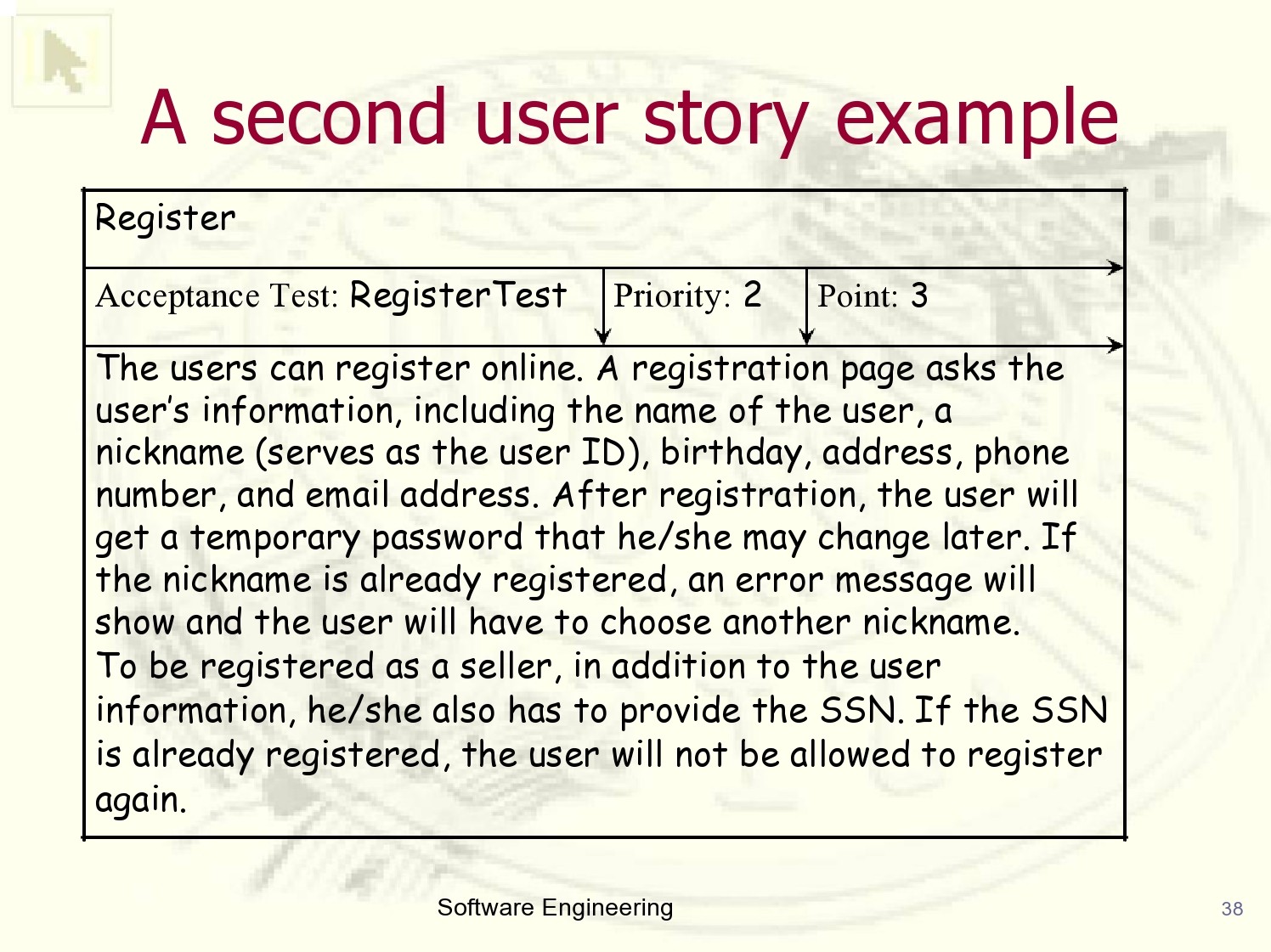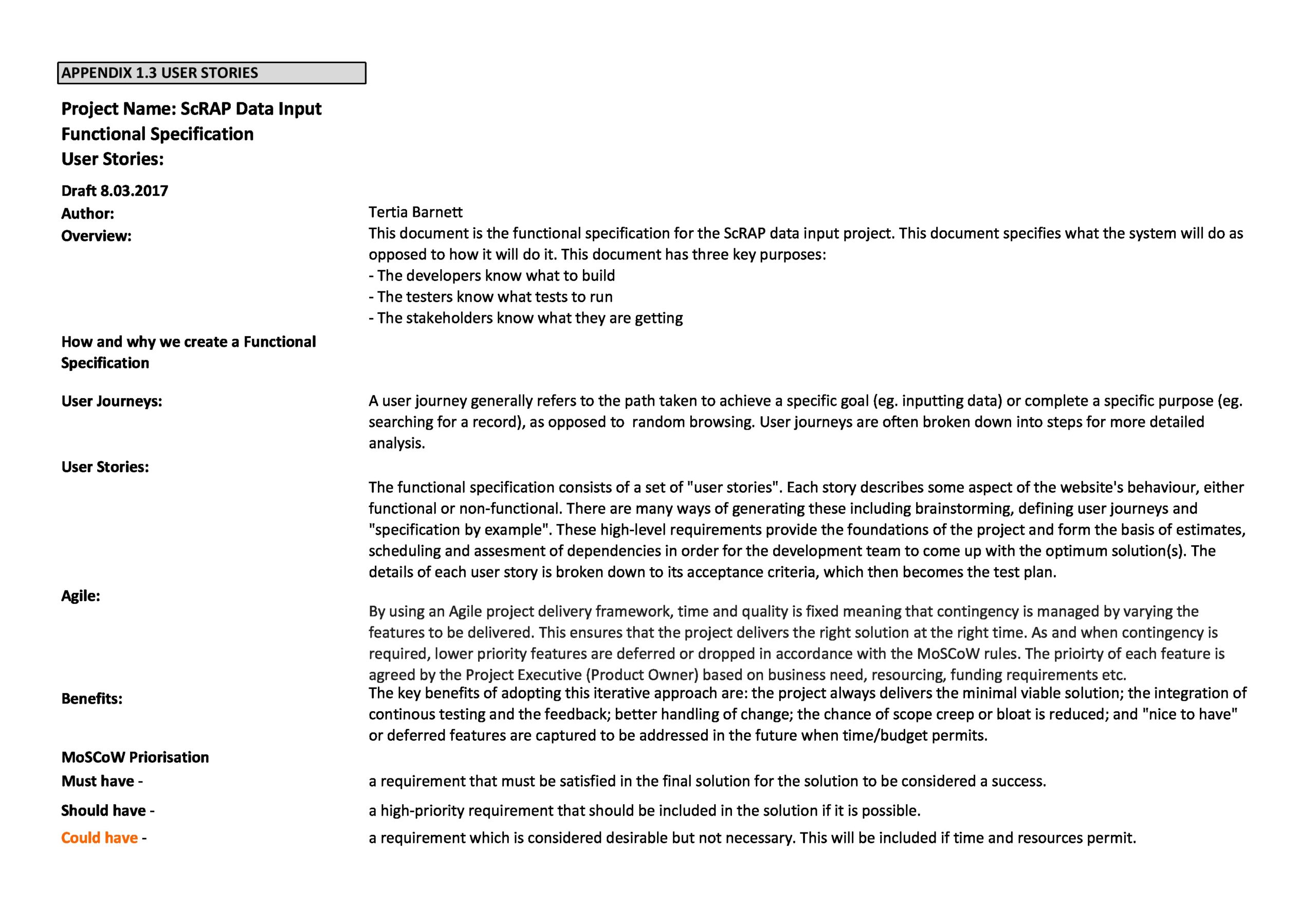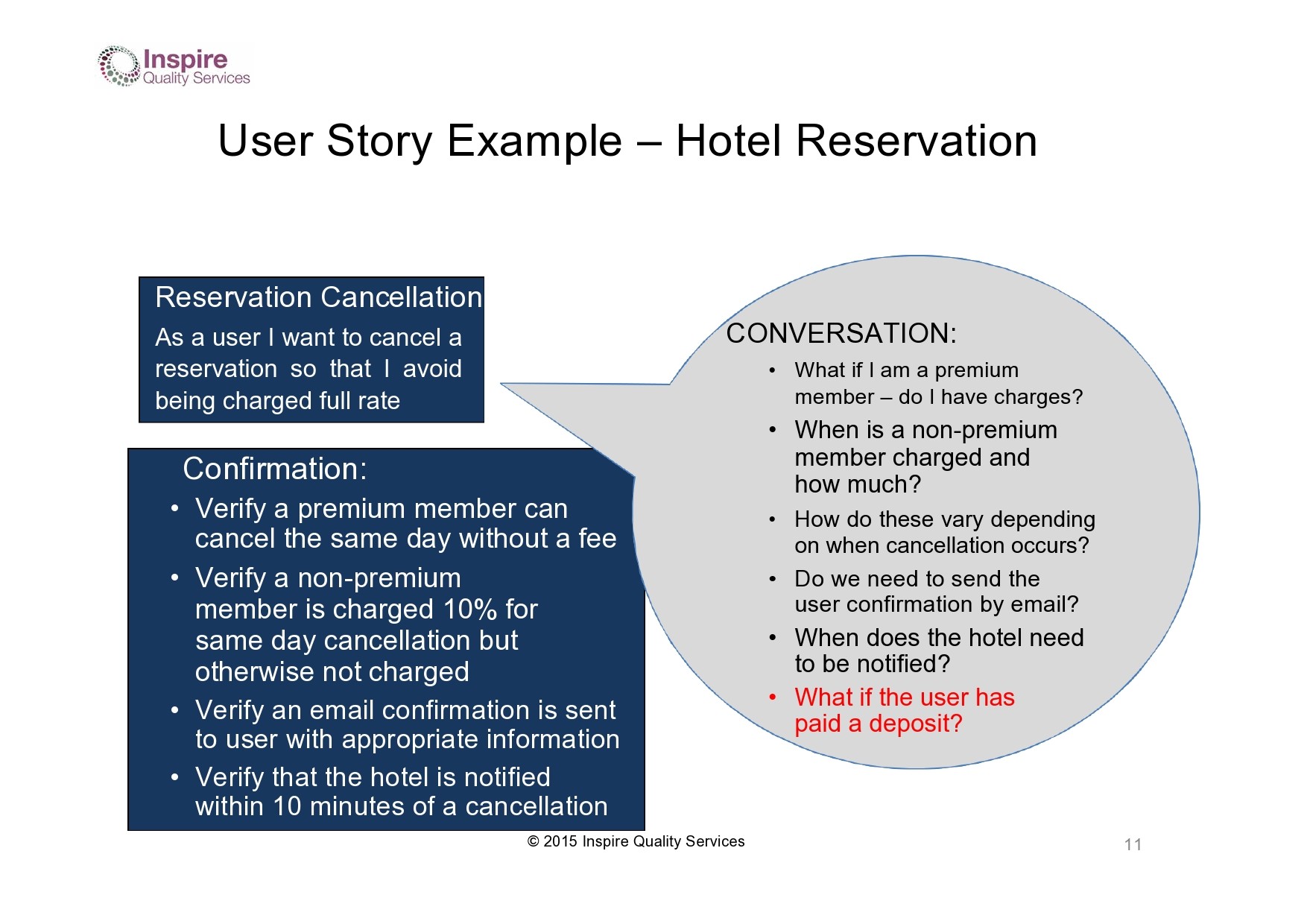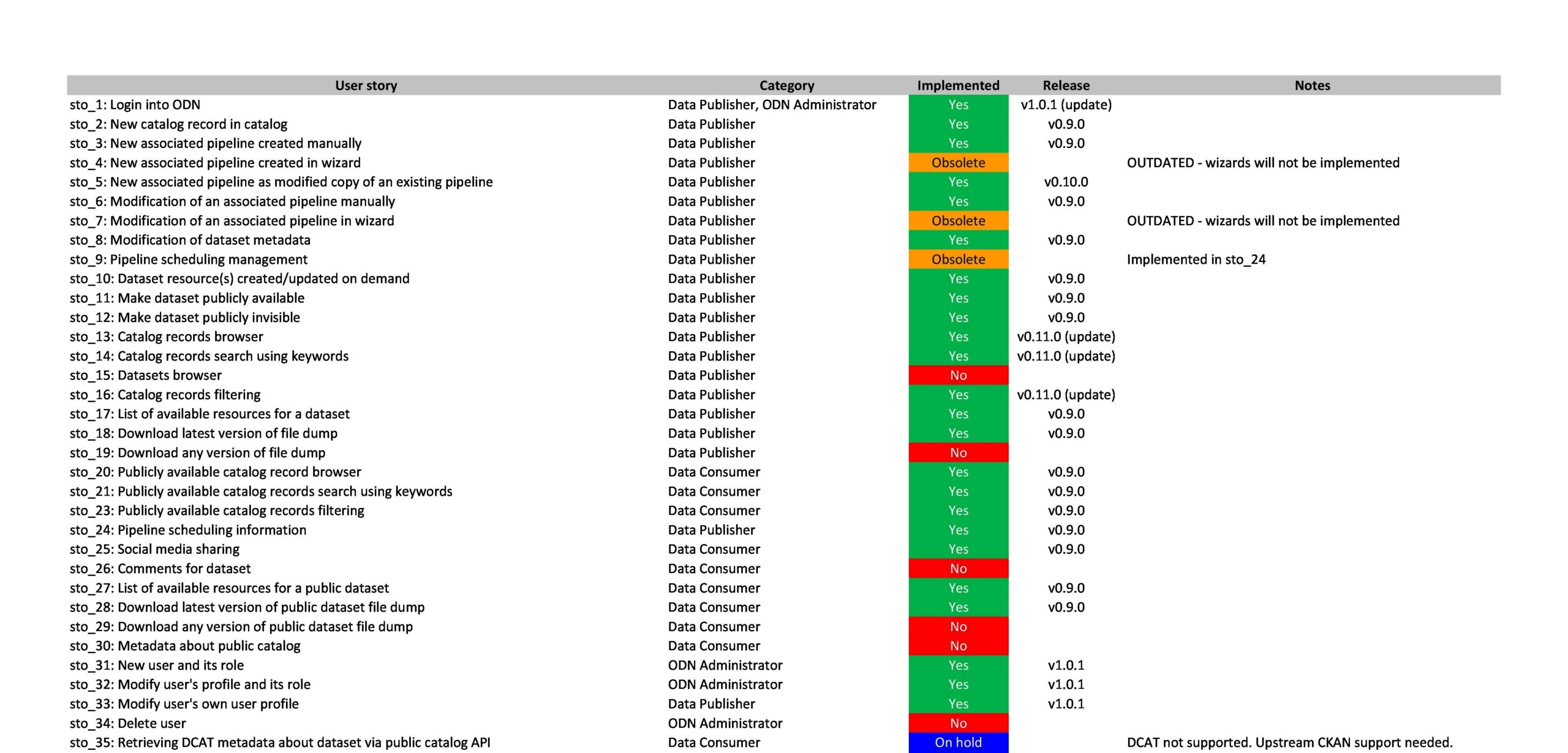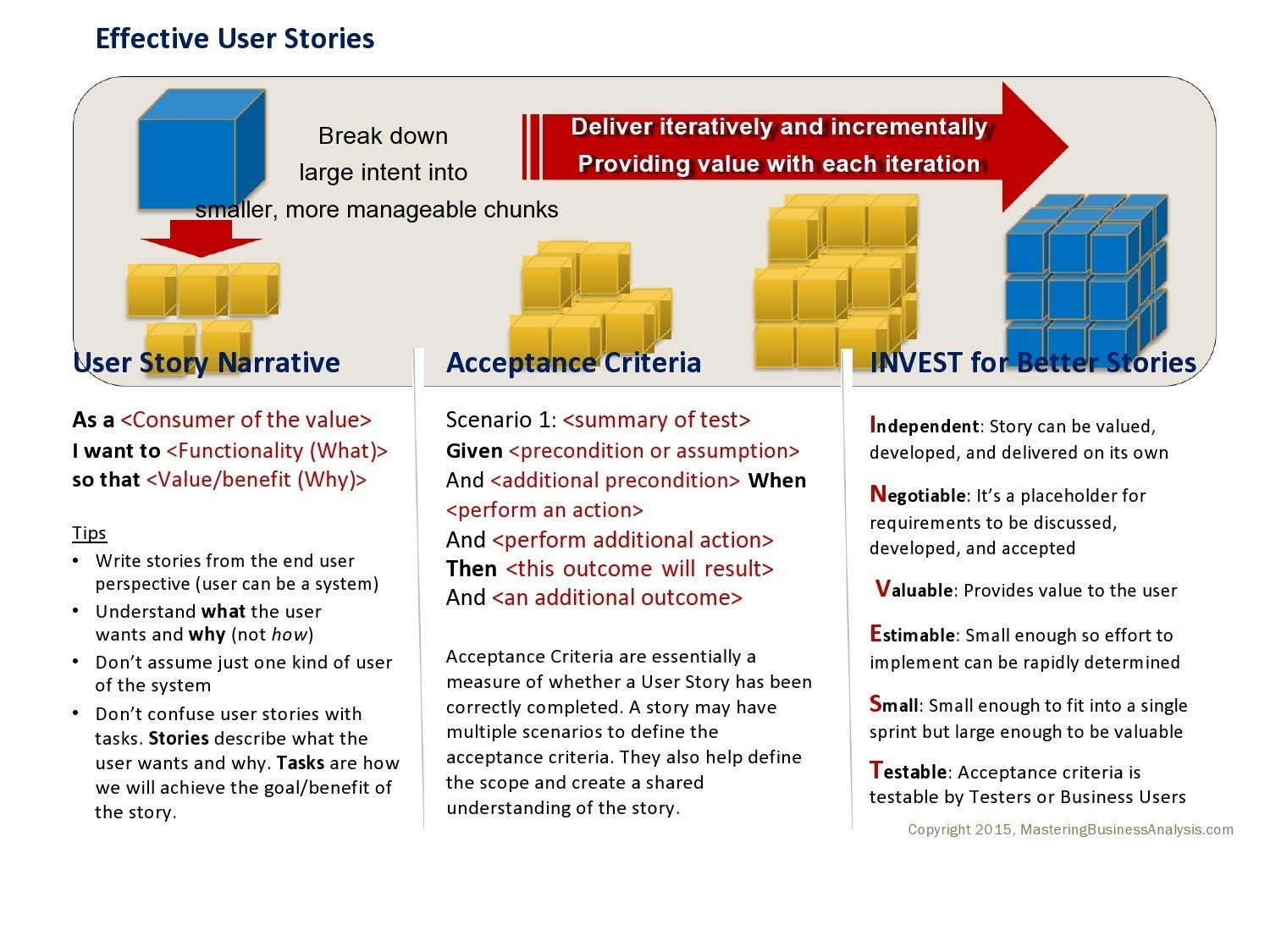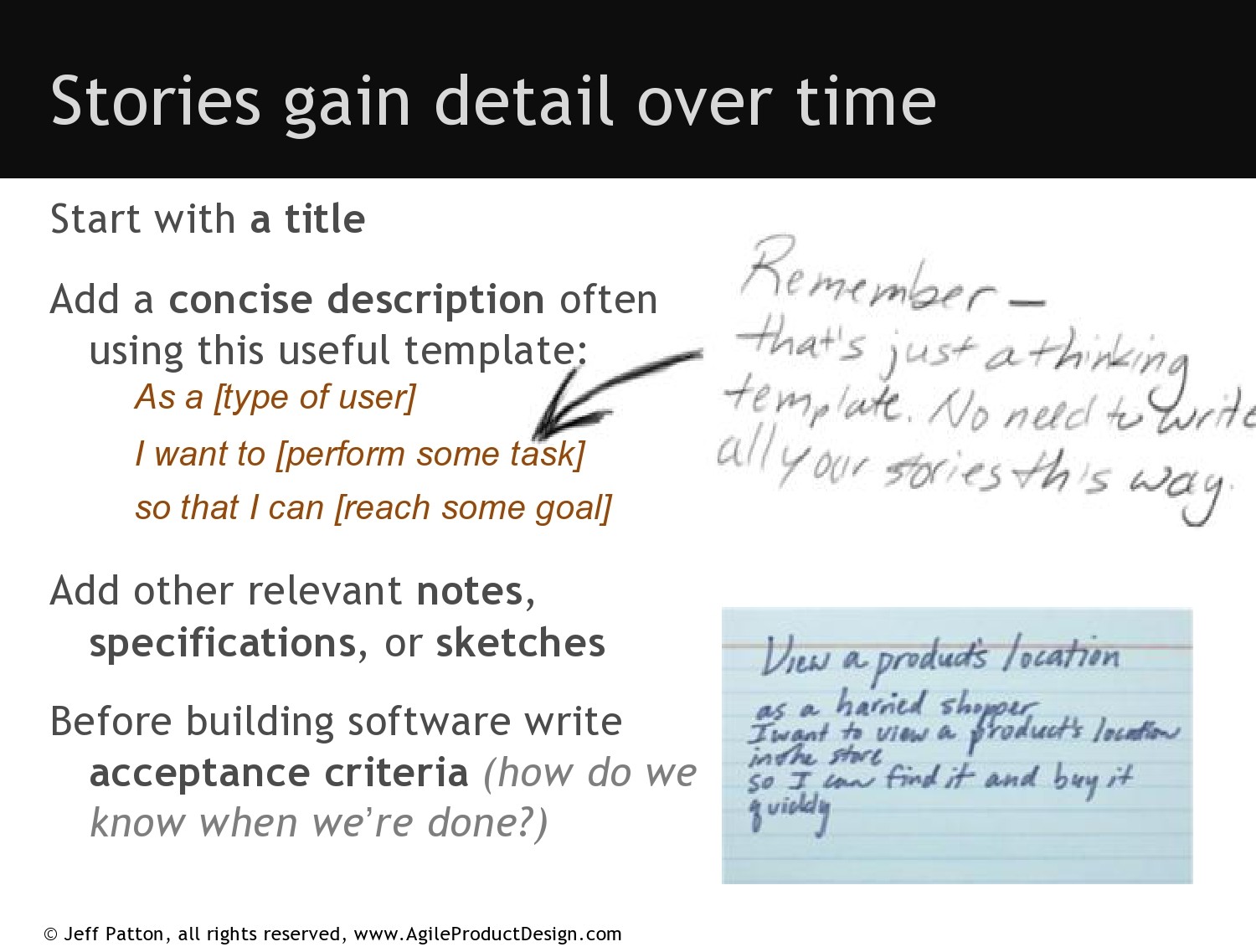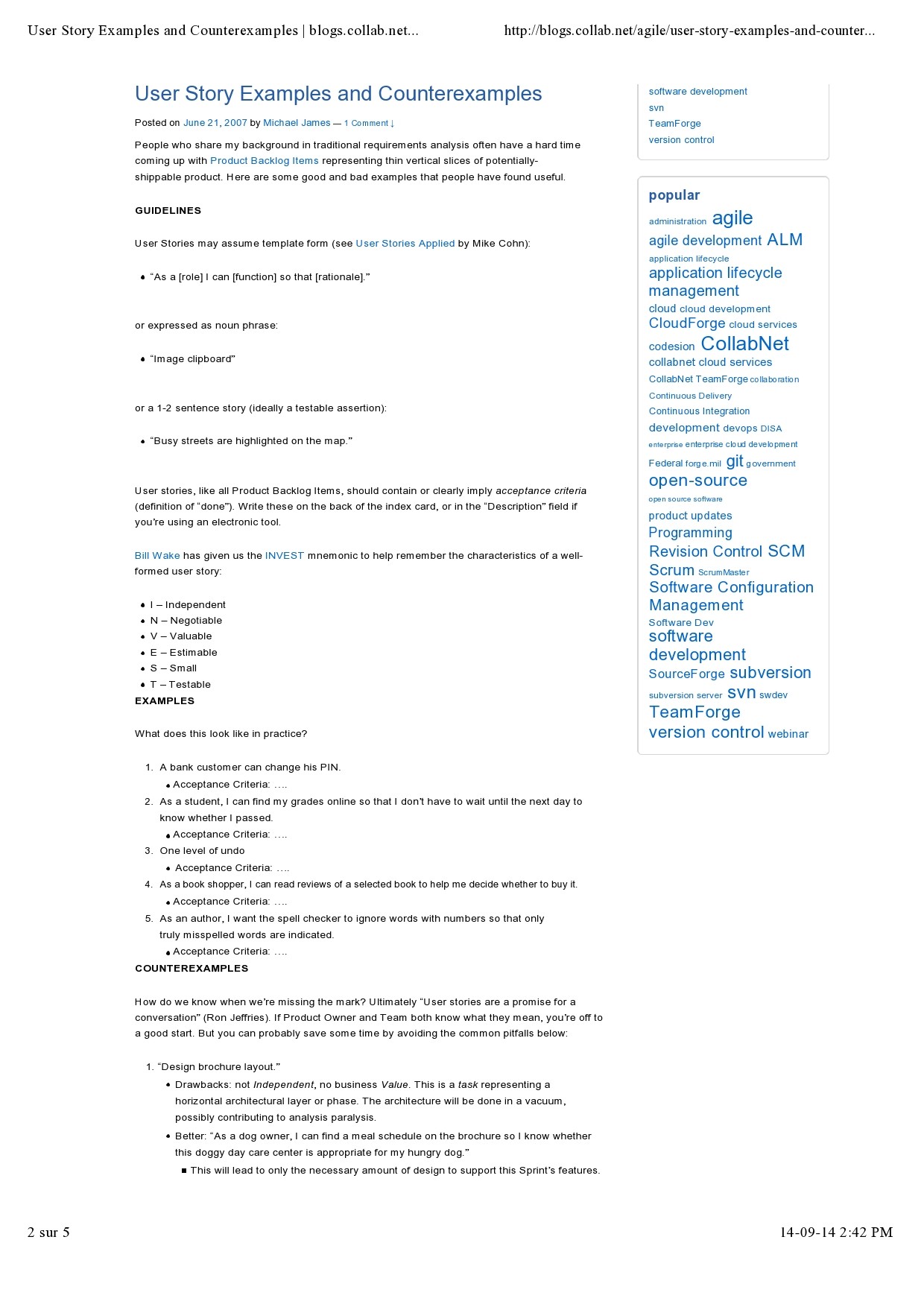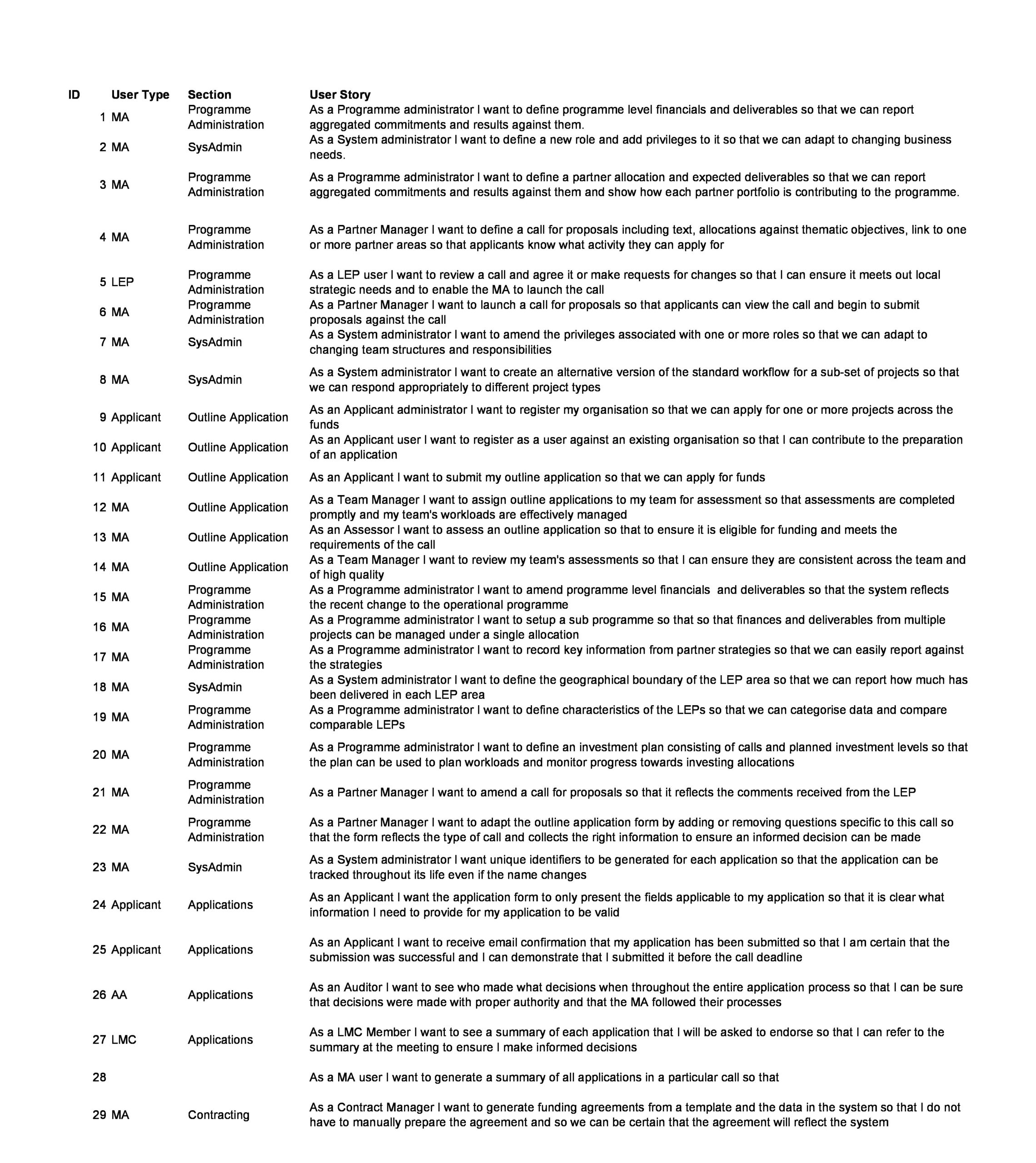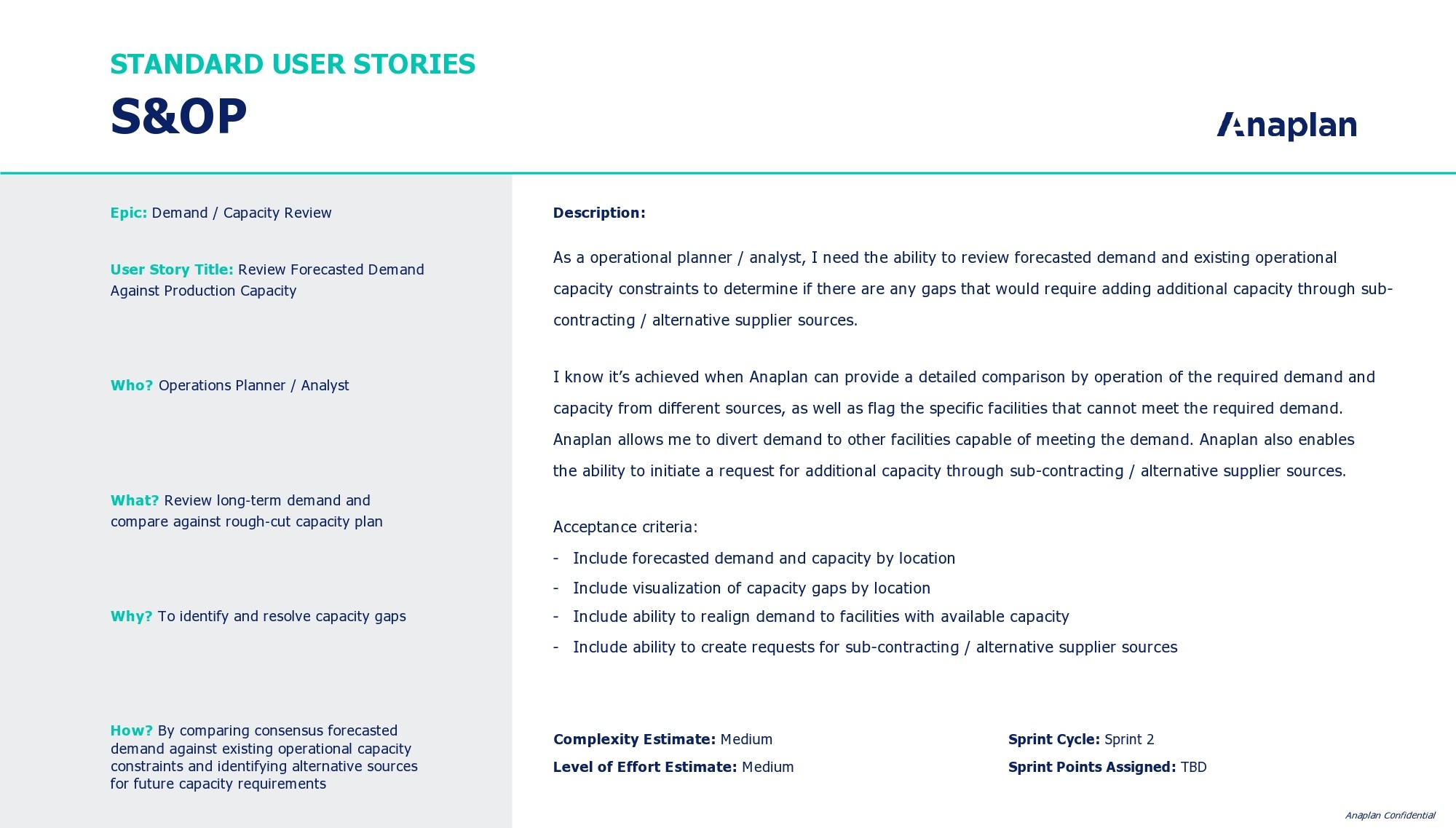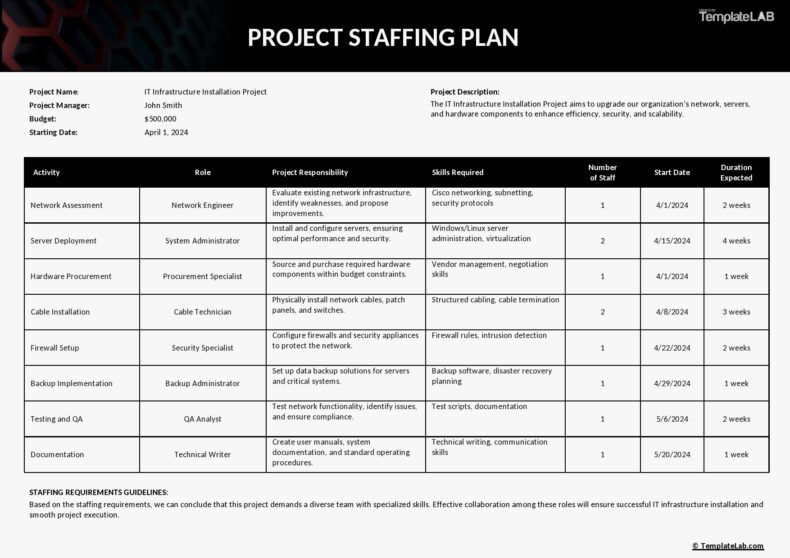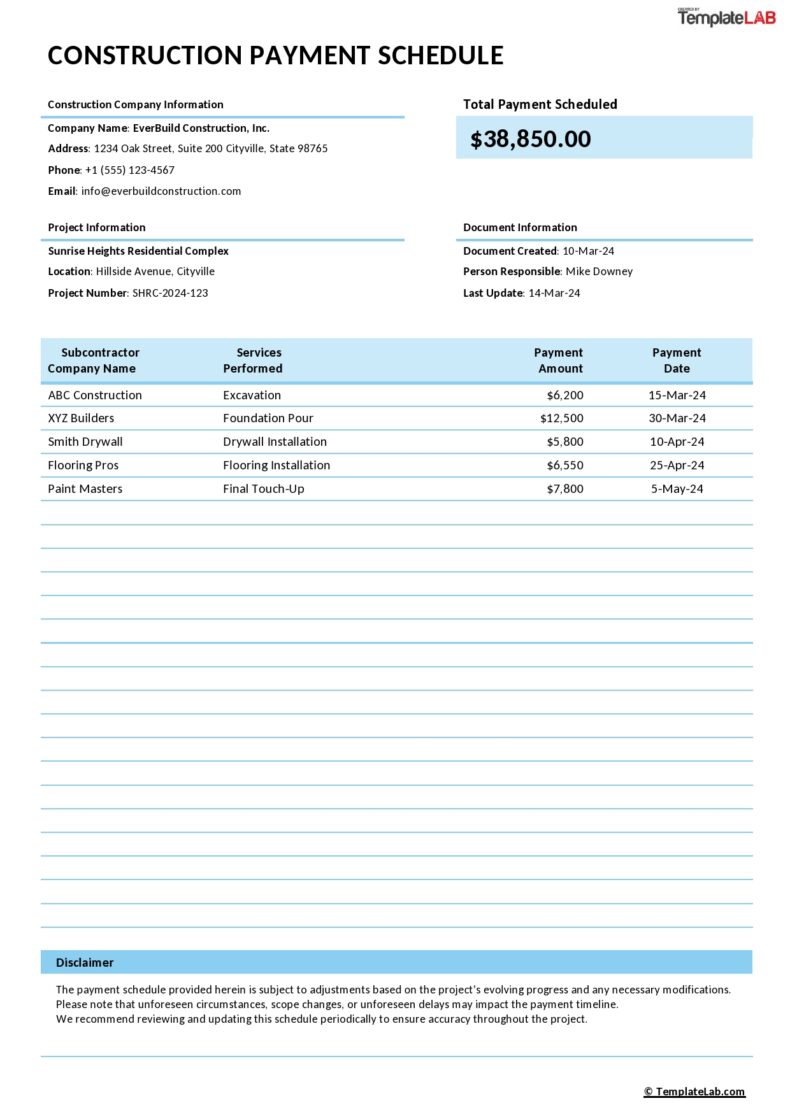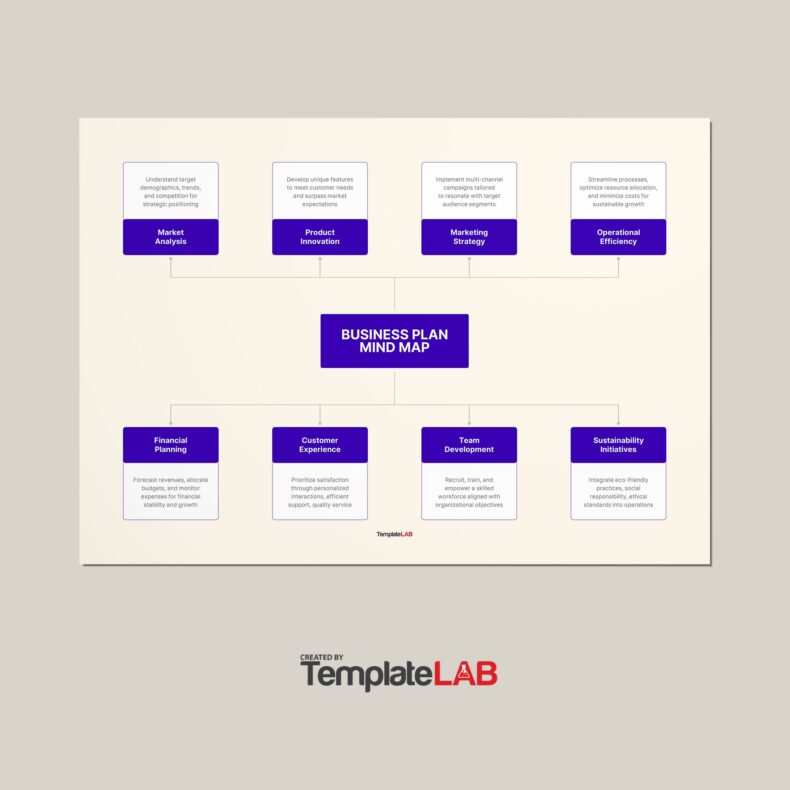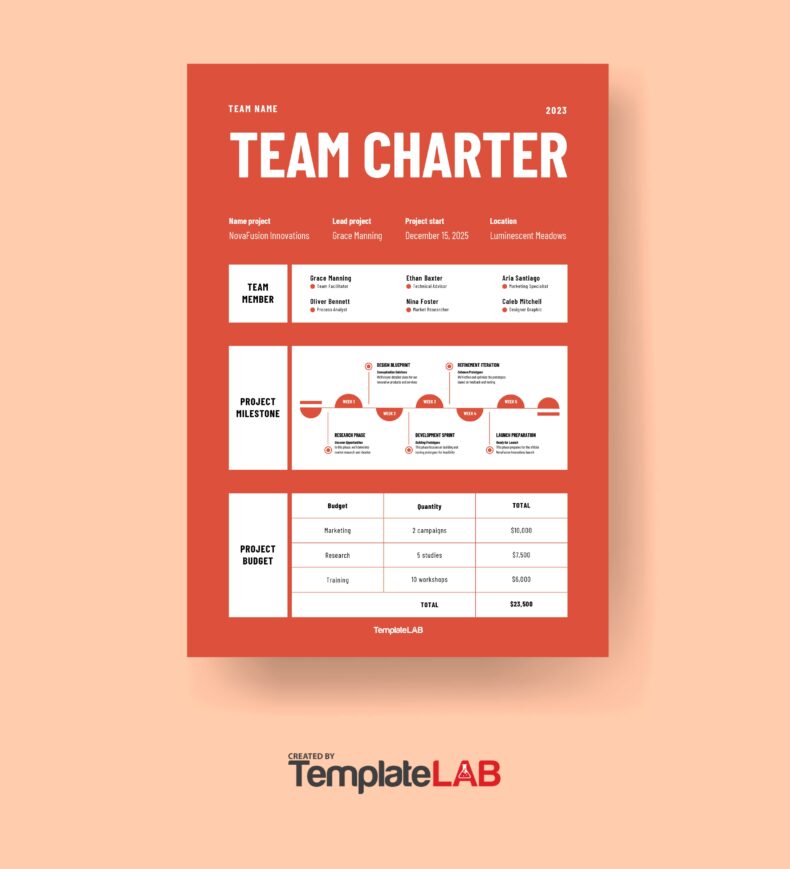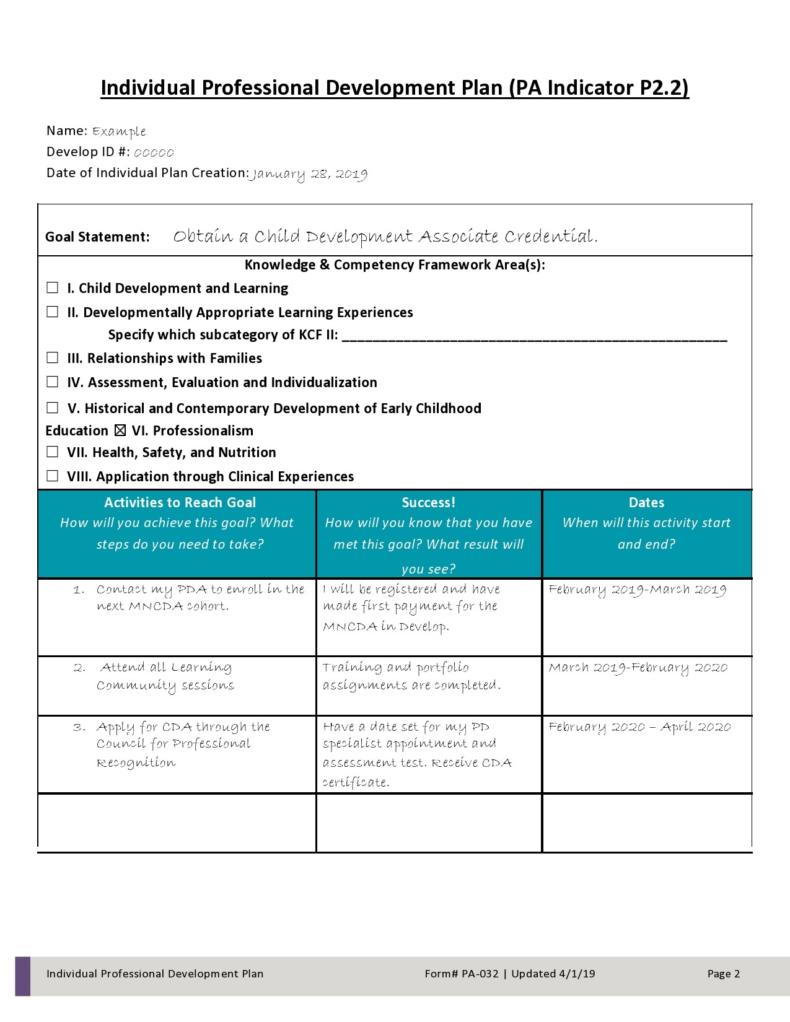Software developers regularly need feedback about their products and there’s no better source than getting it directly from the end-users. To get this vital information, you need a user story template. With this, you can write user stories that include essential pieces of information about that story which finally helps you in making the product or service better.
Table of Contents
User Story Templates
What is a user story template?
A user story template is the smallest unit of work within an agile framework. It is an end goal, not a feature that you express from your perspective as a software user. A user story example is usually informal in nature and provides a general explanation of a specific software feature.
One of the main goals of an agile user story template is to explain how a piece of work delivers a certain value back to your customer. Here, the “customers” aren’t always external end-users in a traditional sense. They can also refer to colleagues or internal customers within your organization who rely on your team.
Most user stories usually consist of a couple of sentences written in simple language that indicates the desired outcome without going into details. You add the requirements much later when the other team members agree.
User stories can neatly fit into Agile frameworks like Kanban and Scrum. In Kanban, teams pull stories out into backlogs then run them through their workflow. In Scrum, you add the stories to sprints and then “burn them down” over the duration of the sprint.
It is the work on user stories that assist Scrum teams to make them better at sprint planning and estimation, which can lead to greater agility and more accurate forecasting. For Kanban teams, user stories make you learn better how to handle work-in-progress and further refining your workflows.
This document also serves as a building block in bigger frameworks like initiatives and epics. Epics are bigger work items that you break down into a set of stories. Several epics comprise initiatives. These bigger structures make sure that the daily work of your team will contribute to your overall organizational goals.
User Story Formats
Why do you need user stories?
If you have already experienced working with Agile frameworks, you should already know that both Kanban and Scrum teams benefit greatly from writing sample user stories. In Kanban, your team accumulates stories in a backlog then run them one-by-one to support the work-in-progress flow. This helps you stay on track constantly while improving the KPIs of your development team.
If you’re part of a scrum team, you can actively use the user story template to prioritize then plan sprints, and make estimations to stay flexible and agile when there are any changes. This becomes more beneficial when working with Startups where you have limited resources before pitching the project to investors.
Here are the other benefits of using a user story format:
- Keeps you focused on the value of your business. It helps make your creation not only effective from a technical perspective but also highly useful to end-users.
- It allows you to be more creative. Since the document contains minimal information, your team has the freedom to use creative ideas in finding the best solution.
- Your project will become more manageable since it’s easier to work with estimable and small user story formats instead of large and complex tasks.
- They also inspire your team as each developer loves the feeling of small wins, which motivates them to work harder.
Sample User Stories
How do I write a user story template?
Ideally, in most agile organizations, it is the product owner who takes the main responsibility for writing an agile user story template then organizing these on the product backlog. But in the real world, creating the user story template is a shared responsibility among the members of the team. Here are the steps for creating your own user story format:
- Determine what it will look like when it’s “done”
Most of the time, the user story explains the end-state. This is when the user can achieve the goal or complete the task described. Keep this end-state in mind when writing your user story so that the rest of your team will know when they can mark their development work as “completed.” - Document all subtasks and tasks
Your user story should not only include the standard statement but also document the details needed to accomplish the development work in the story. This includes outlining the subtasks and tasks then assigning them to the appropriate people. - Determine user personas
Who do you plan to serve in your story? What type of customer or user do you have in mind? You should document the answers to these questions right away. If you have many different users in mind, you should consider breaking this into several user stories. Doing this allows your team to stay focused on helping a specific persona achieve a specific goal for each of your stories. - Create the stories as small, ordered steps
The concept of user story suggests that you can think of your whole product as a series of jobs or tasks the product helps your users complete. If you’re trying to format work on a bigger scale process or a more detailed set of product functionalities, you can write each of the self-contained steps as individual stories. - Ask for user feedback
You can improve your chances of allocating resources to development work that resonates with your market by speaking with customers and users regarding your priorities then learn what more do they want. You should start crafting your user stories only after gathering then analyzing this feedback. - Draft stories that you can complete in a single sprint
User stories longer than one sprint should get broken into shorter stories. Doing this gives your team a sense of completion after every sprint as they can complete new functionality every time. Moreover, it also allows you to more frequently push out new functionality into the market.
User Story Examples
How do you write a user story in Agile?
There are many different opinions on how a user story template should get defined and the best way to create one. Some tips for writing good sample user stories include:
- It must come from a person who represents the business users.
- Initially, it should include short descriptions of the “what, why, and who,” but not the “how”
- It must create a working code in the form of a vertical slice.
- It must be small enough that you can code and test it in a single iteration.
There are various techniques, acronyms, and templates that you can get when writing user story templates Word. The most common of these techniques are:
- Role-Feature-Reason
There are several variations to user story example when using this method but having a short sentence structure keeps the focus on the what, why, and who. This prevents you from giving your development team too many details about how they must implement the solution. By focusing on the what, why, and who, your team will feel empowered to search for the best solution. - The Three C’s (Card, Conversation, Confirmation)
You can use the Three C’s method to help in reaching an agreement between your business and your technical team with regards to what your user story means. Your team can use the Three C’s as their guide in the progressive elaboration of the story, from a short statement to a story that’s fully developed. - INVEST
This is the acronym for a solid user story. It helps you evaluate whether or not you have a high-quality user story. To understand this better, you need to know the meaning of each letter in this acronym:
I for Independent
Will your team complete the story? It’s preferred that your team will complete the story instead of relying on a different team to do a GUI, for instance.
N for Negotiable
The story should not be too detailed in describing the length of the fields or provide specifics about date formats, and other information. It is most likely that there will be common libraries or routines that will allow your development team to use a method that makes the sense to them.
V for Valuable
As the owner of a product, you will describe that the value sought is the ability of a trainer to advertise upcoming classes. You should make this clear in the “why” of the original statement then re-emphasize it when having conversations.
E for Estimable
You should give your team the tasked to ask questions then gather information to feel confident enough in their ability to estimate the story.
S for Small
Your team should have the confidence that they will complete the story within a sprint. If they cannot, they should consider splitting the story into smaller parts. Take, for instance, a sample story discussed where you’re developing an application that allows trainers to upload courseware that attracts students interested in taking a class. Your team may choose to make the ability to gather information from students to be a separate story by displaying information about the class for this story.
T for Testable
With clear criteria for acceptance, you can test both the error conditions and happy path.

